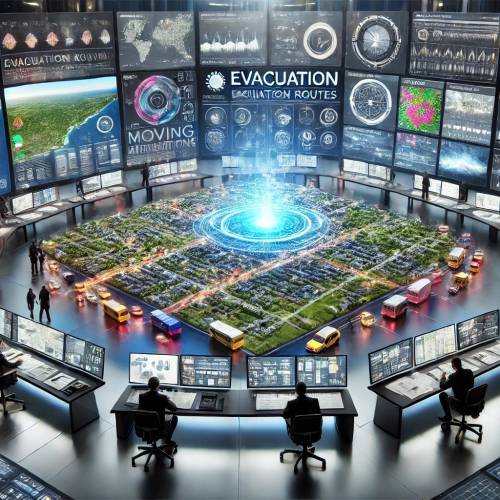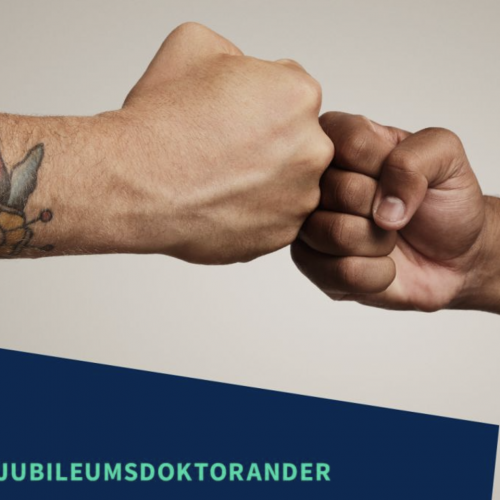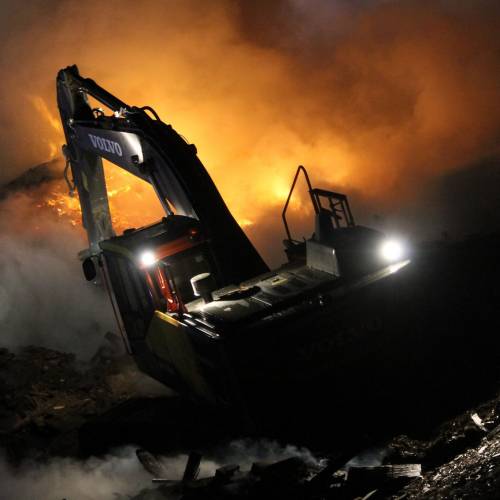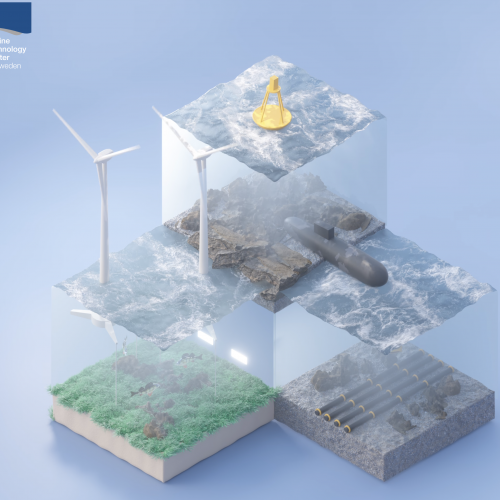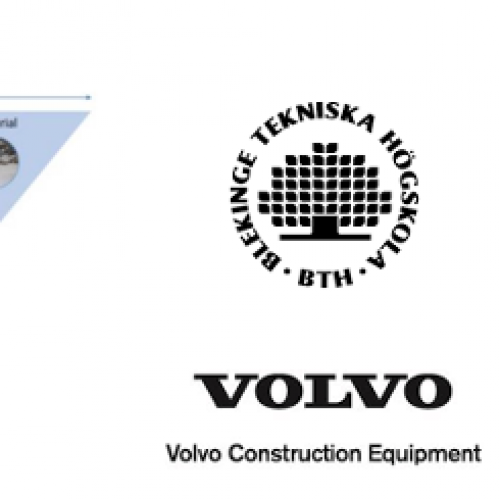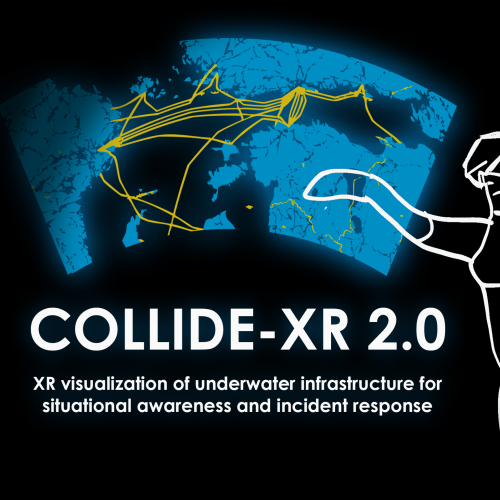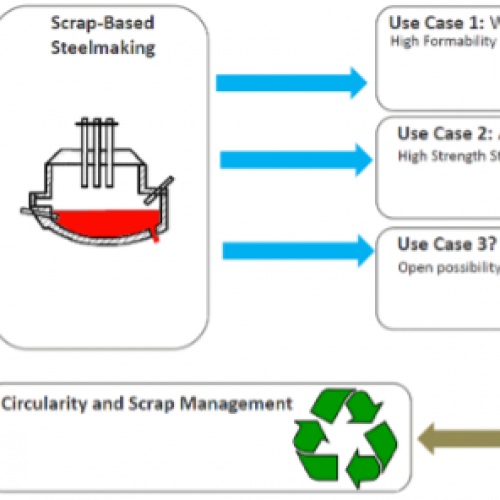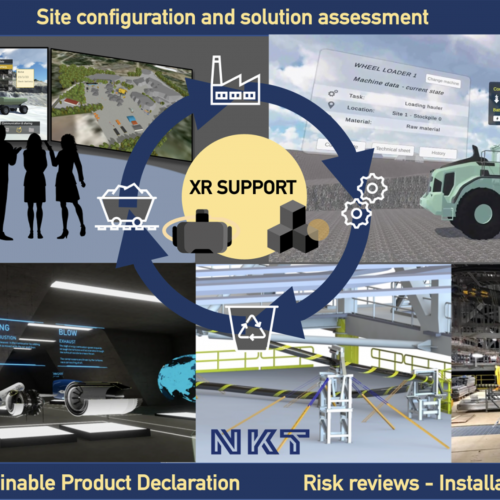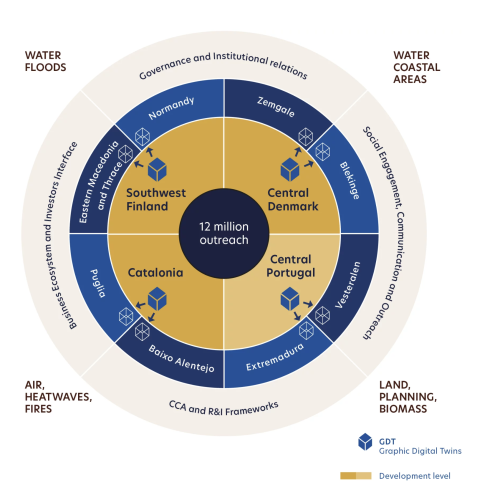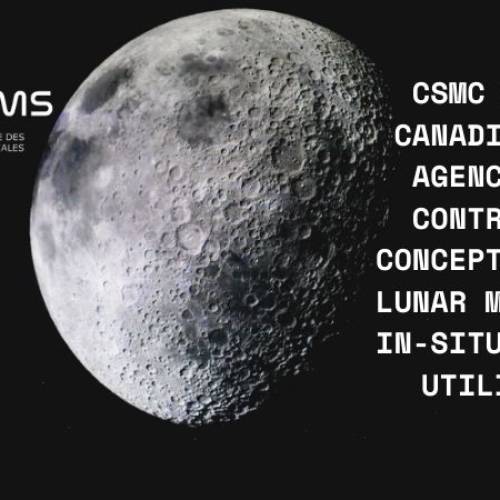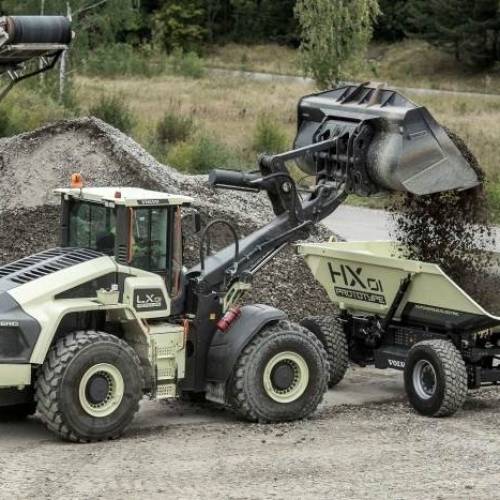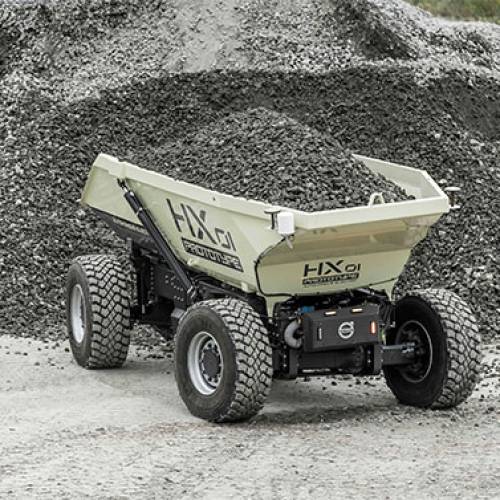ADD-VERSE - Accelerating Digitalisation for Decision Making in VUCA Environments
With the support of a research team that has its roots in computer aided engineering design research back in 1990’s merging research from Luleå University of Technology, Blekinge Institute of Technology and Stanford University we are now embarking on ADD-VERSE- Accelerating Digitalisation for Decision Making in VUCA Environments, in collaboration with the growing eco-system around Marine Technology Center of Sweden.
A formal application for KKS research profiles was submitted early february with a volume of around 100 msek for an 8 year period. Pending response in may.
Please contact us (Marco Bertoni & Tobias Larsson) if you want to know more on how you may join our research center creation!
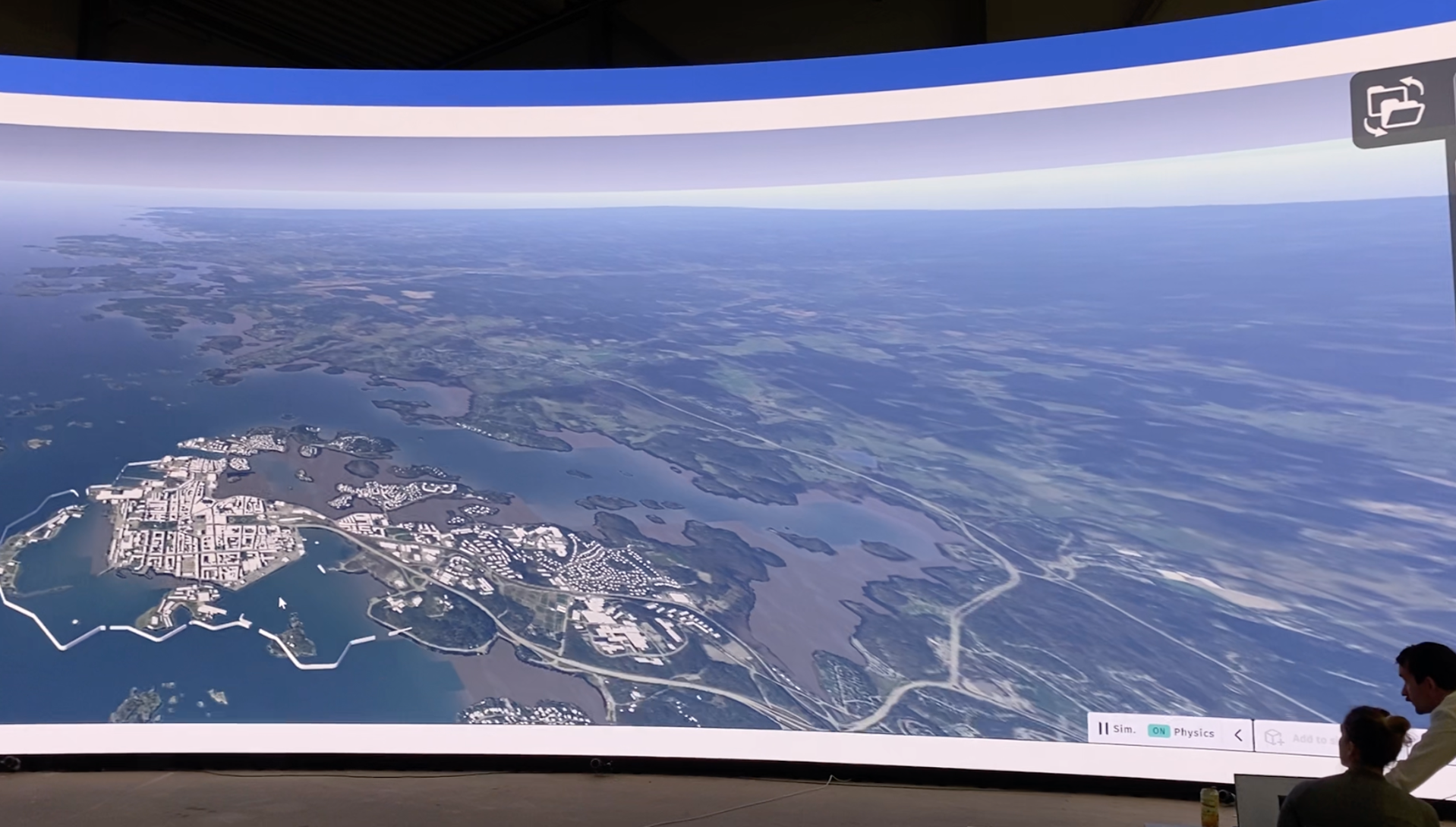
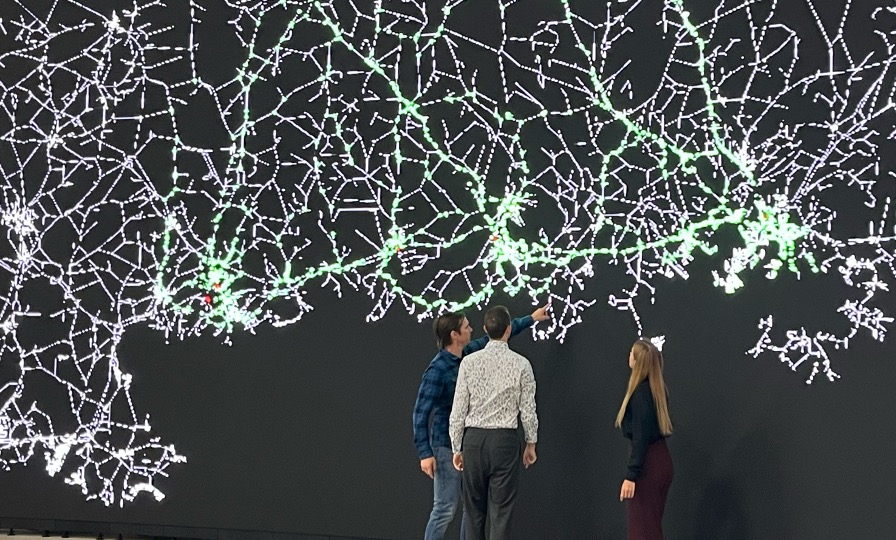
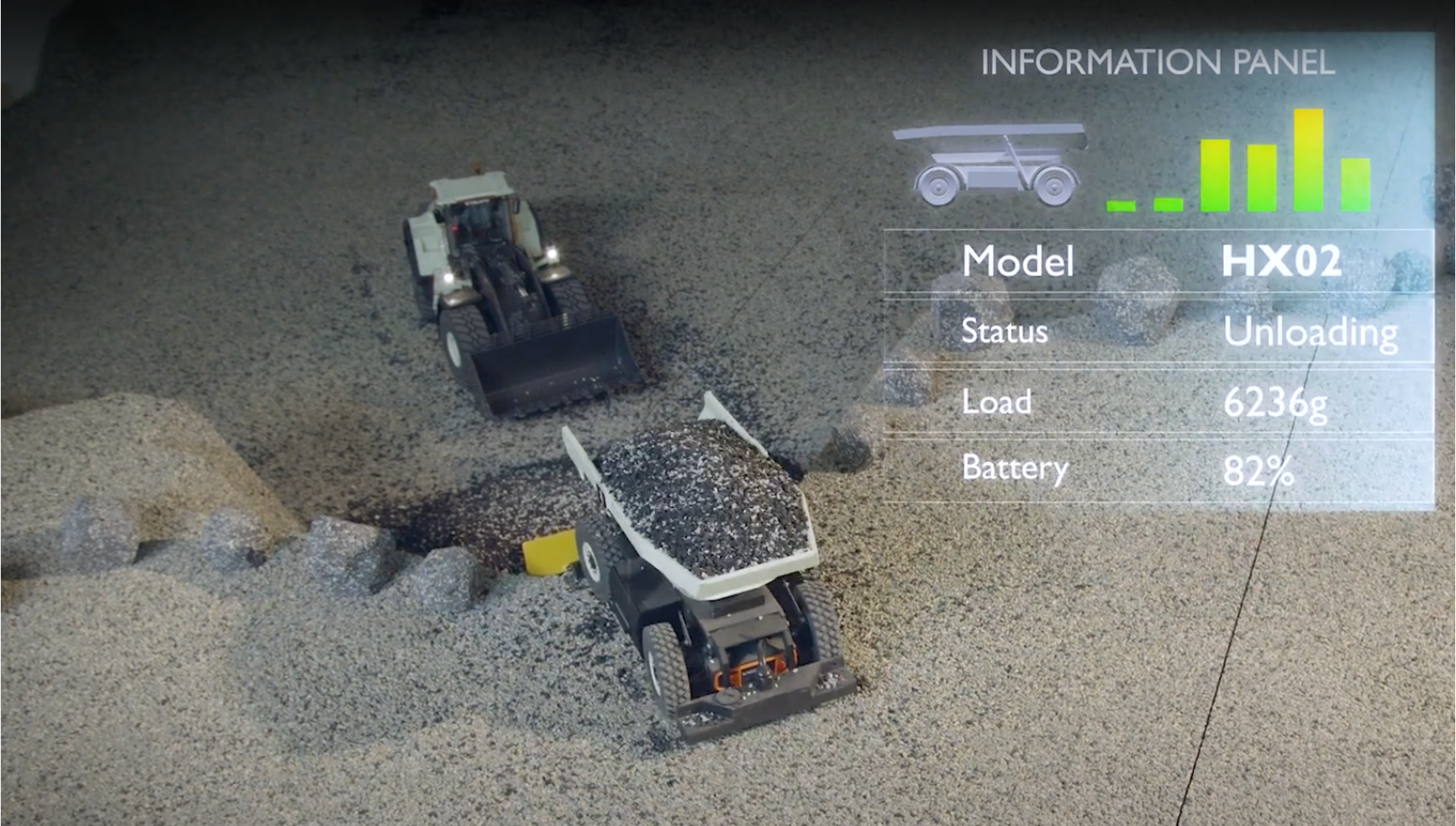
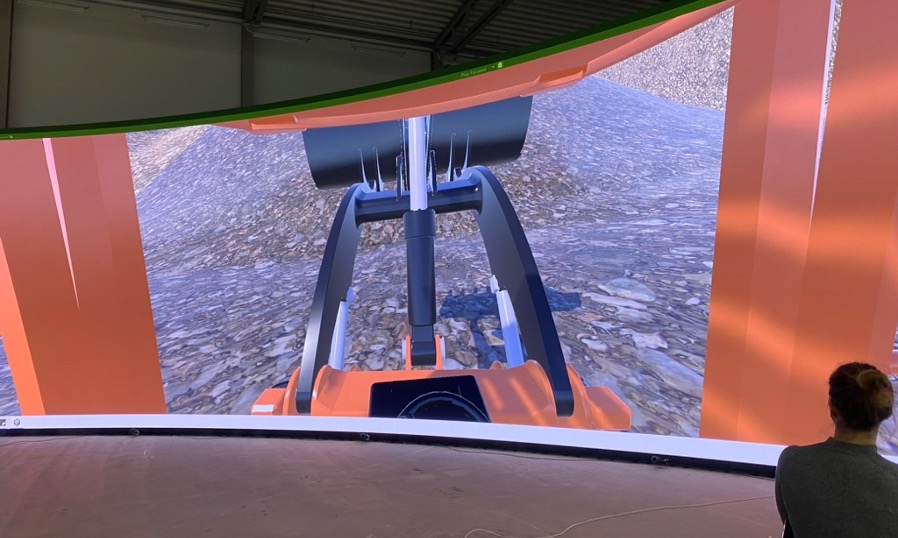
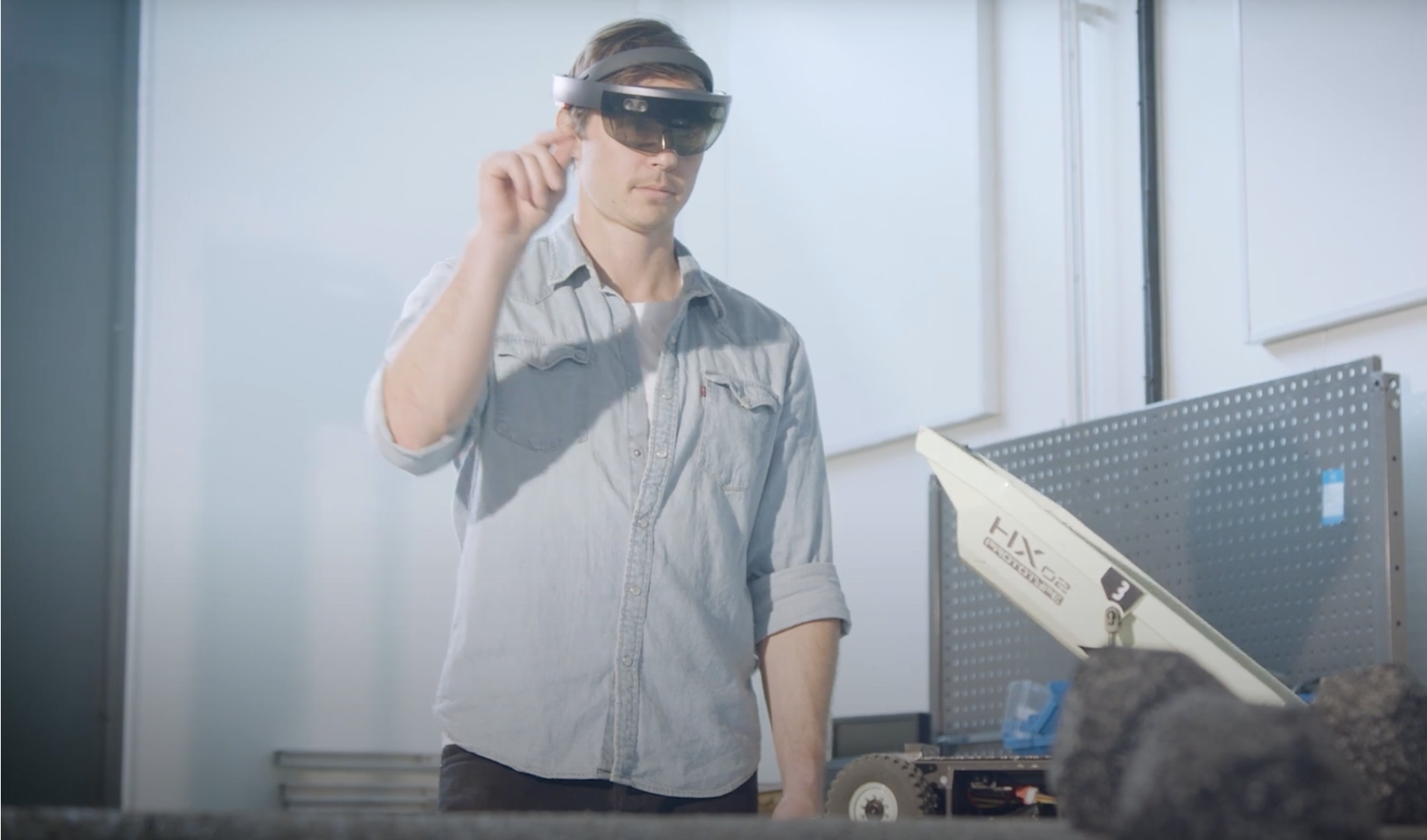
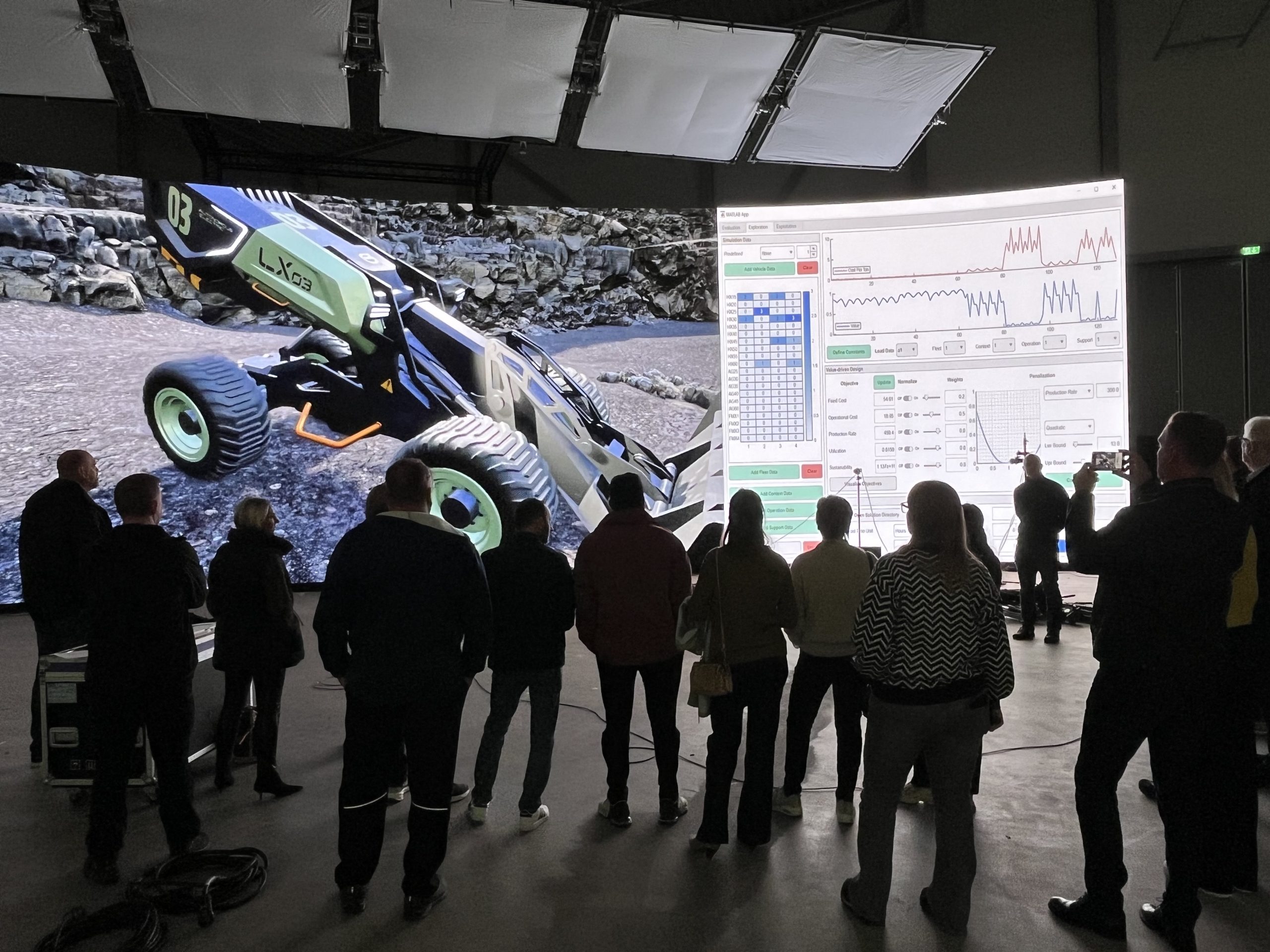
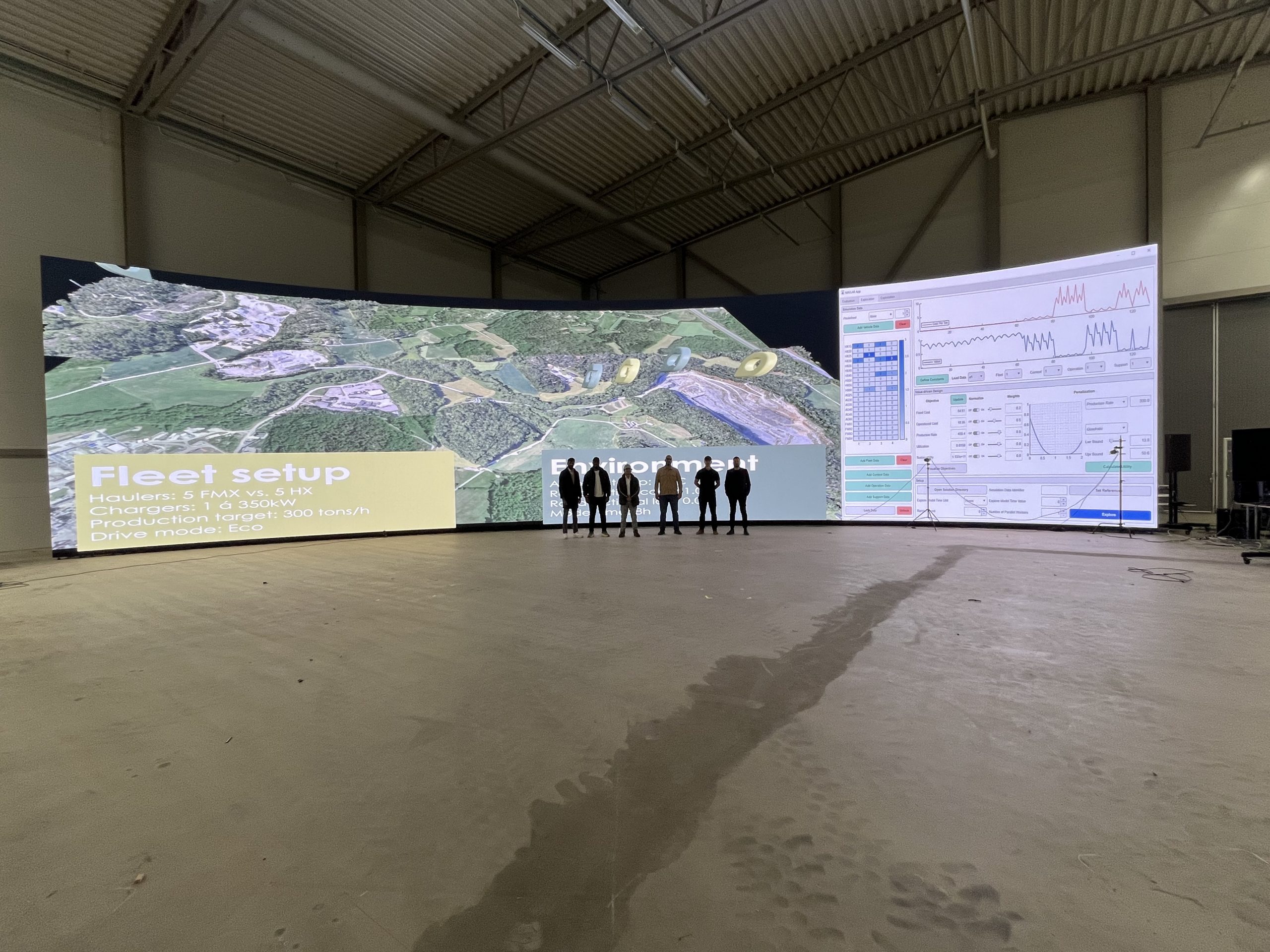
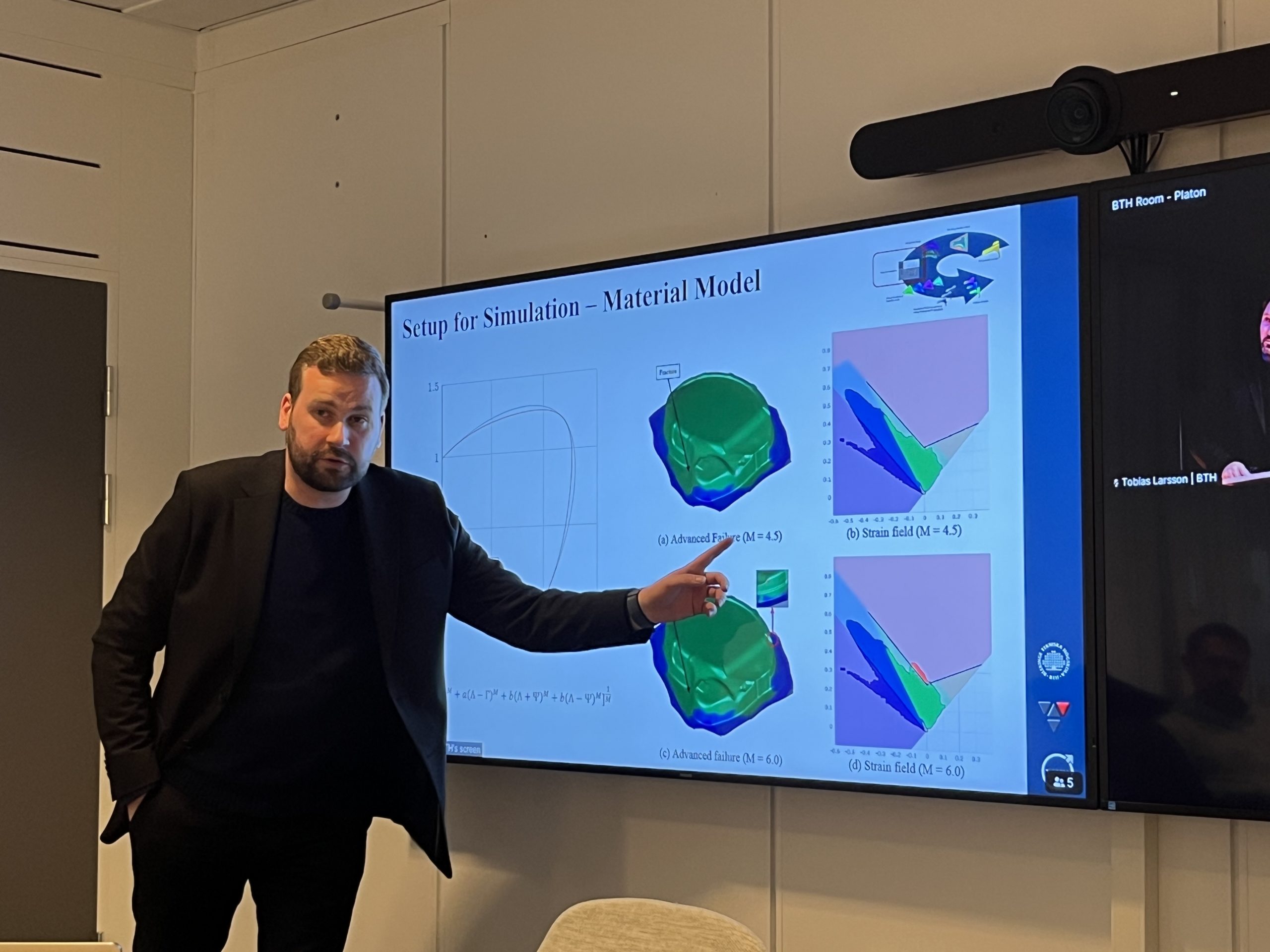
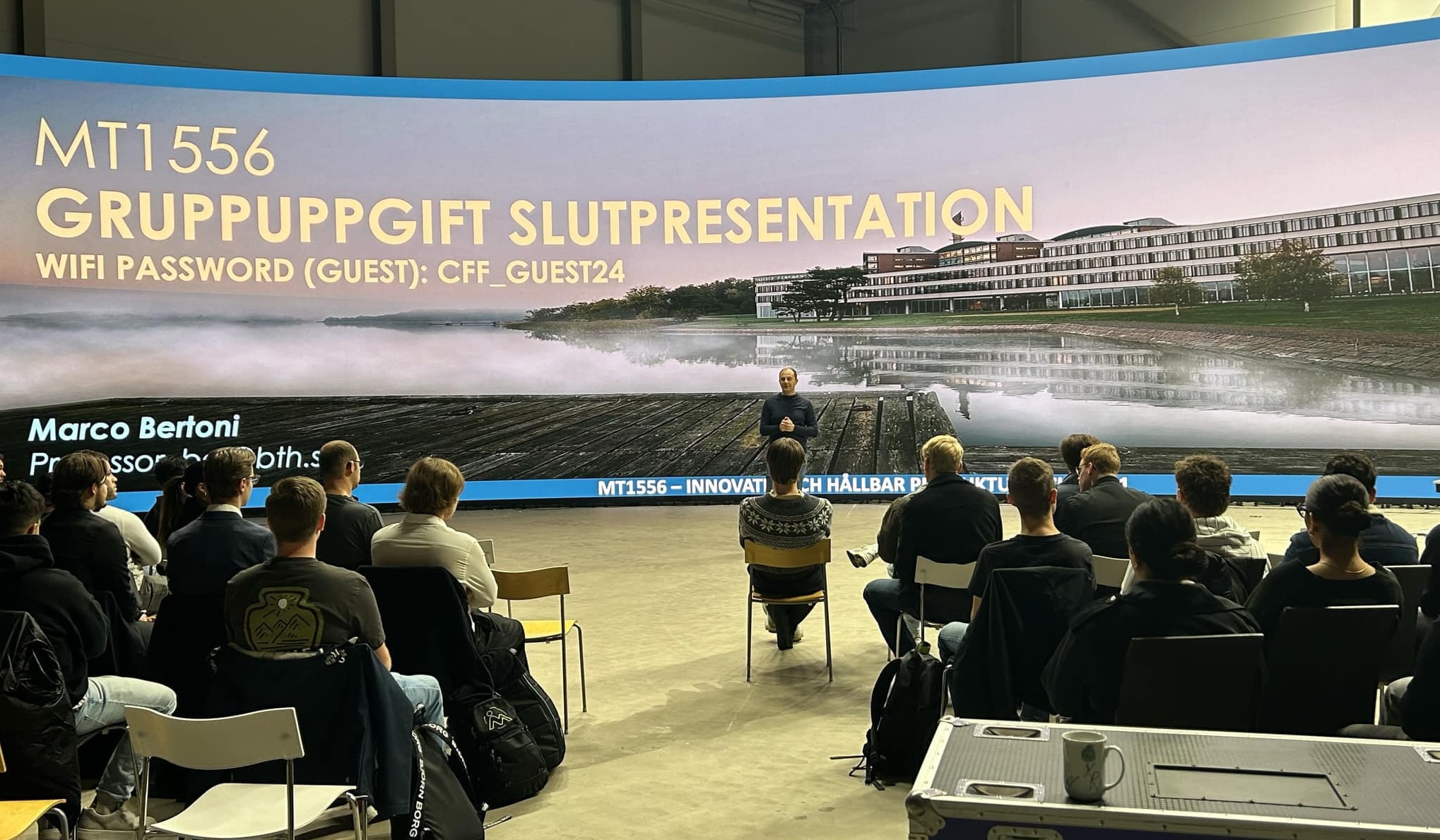
Vision
- To create an internationally recognize environment for enhancing modeling, simulation, and visualization capabilities for decision-making in VUCA contexts.
Aim and impact:
- To build capacity around methods and tools for future scenarios planning, simulation and visualization to address VUCA environments effectively.
- To empower organizations to predict, adapt, and react in an unpredictable environment, as well as forecast demand fluctuations and other disruptions.
- To foster a culture of learning and experimentation. This involves supporting organisations in developing capabilities in systems thinking and innovation.
Objective
- To demonstrate, and validate the integration of digital technologies, such as advanced modelling techniques, hybrid simulation approaches, artificial Intelligence and immersive visualizations, to inform decisions when designing and operating complex systems in a VUCA world
The initiative aligns with BTH’s strategic goals by strengthening industry partnerships and promoting interdisciplinary research. It enhances regional, national, and international excellence through coproduction processes that influence educational programs. Focused on applied research, it supports KKS’s mission to drive innovation and competitiveness in Swedish industry, ensuring sustainable growth and long-term impact for both academia and industry.
ADD-VERSE will use the new Virtual Production Studio Lab infrastructure as a core piece for simulation and visualisation capacity.
VUCA stands for Volatility, Uncertainty, Complexity, and Ambiguity. Initially introduced by the U.S. Army to describe the complex and unpredictable nature of the post-Cold War military world, the concept has transcended its military origins to become a widely used framework in business, education, and leadership.
A VUCA environment is characterised by volatile customer demands influenced by the rapid spread of information, raw material shortages that disrupt manufacturing and development processes, as well as uncertain technology readinesses that impacts production timelines. VUCA can simply take the form of a stuck vessel, such as the 2021 Suez Canal blockade caused by the Ever Given container ship, which disrupted global trade for six days, delaying over 400 vessels and turning industries on their head overnight.
The modern VUCA world challenges decision makers to make timely decisions despite incomplete or conflicting data. How to choose ‘right’ amidst mixed customer feedback, complexities arising from globalized operations, distant political disruptions and more?

ADD-VERSE is an initiative for:
- EUROPE: The recent ‘Draghi Report’ calls for closing the gaps with global competitors, navigating economic, environmental, and geopolitical shifts, fostering adaptability and resilience. There is a need for tools that can support evidence-based decisions, that are adaptive to uncertain global conditions, and that can provide precise and flexible responses to rapid changes in technology, markets, and geopolitics.
- SWEDEN: VINNOVA has recently discussed how leading innovation countries like Sweden can make use of simulation support in conjunction with trend analysis, scenario planning and monitoring to identify potential challenges and threats and to develop long-term sustainable strategies that are both flexible and adaptable.
- BLEKINGE: Blekinge is a region on a mission, with a strong focus on smart industry, maritime applications and advanced technologies. Operating in the Baltic’s volatile geopolitical environment, the region has a history and a present marked by environmental unpredictability and complex relationships with neighbouring powers. Its military and trade prominence have made it both a target and an adaptable force.
WHAT IS VUCA?
The concept of VUCA describes today's rapidly changing world, characterized by Volatility (fast-paced changes), Uncertainty (lack of predictability), Complexity (interconnected challenges), and Ambiguity (unclear information).
In the maritime defense industry, VUCA environments are exemplified by the rapid advancements in naval technologies (volatility), unpredictable geopolitical shifts that affect security dynamics in strategic regions (uncertainty), the intricate web of international alliances and regulatory frameworks (complexity), and the ambiguous nature of emerging threats like cyber-attacks on naval systems (ambiguity). These factors make decision making especially challenging in this sector.
The fast-paced development of electric and autonomous vehicles (volatility), uncertain consumer adoption rates and changing regulations on emissions standards (uncertainty), the complexity of supply chains impacted by global events like semiconductor shortages (complexity), and the ambiguity surrounding the future of mobility and the role of shared transportation models (ambiguity) are more examples of the meaning of VUCA in the automotive sector.
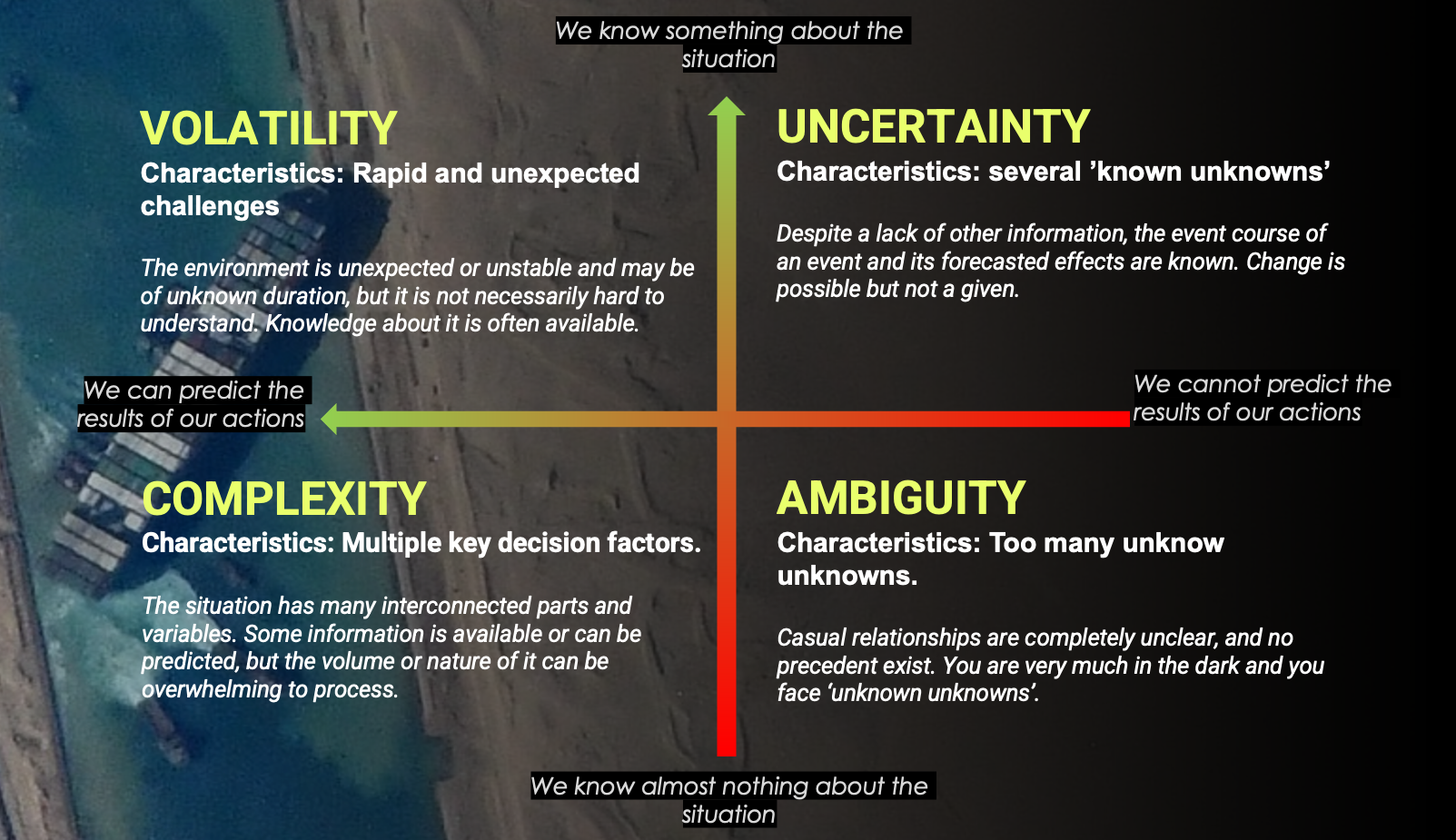
Our academic partnerships in the topic fo ADD-VERSE
- Politecnico of Milano (IT): leading in the development of XR application, haptic and AI interfaces.
- Via University college (DK): leading in the development of XR and Virtual Production technologies for the design of resilient solutions
- Denmark Technical University (DK): leading in the fields of sustainability and circular economy.
- Linköping University (SE): leading in the field of product modelling, simulation and optimization.
- McGill University (USA): leading in analysis, synthesis and optimization of engineering systems.
- University of Bergamo (IT): leading in the design and management of industrial plants and integrated logistics systems.
- Augmencity (NO): leading provider of system simulations and digital twins solutions.
WHAT TYPE OF SUPPORT IS NEEDED?
Track 1: MODEL AND TWIN
Track 2: SIMULATE
Track 3: VISUALISE
Track 4: VALUE CREATION
Vision
To create an internationally recognize environment for enhancing modeling, simulation, and visualization capabilities for decision-making in VUCA contexts.
Objective
To demonstrate, and validate the integration of digital technologies, such as advanced modelling techniques, hybrid simulation approaches, artificial Intelligence and immersive visualizations, to inform decisions when designing and operating complex systems in a VUCA world
Aim and impact
* To build capacity around methods and tools for future scenarios planning, simulation and visualization to address VUCA environments effectively.
* To empower organizations to predict, adapt, and react in an unpredictable environment, as well as forecast demand fluctuations and other disruptions.
* To foster a culture of learning and experimentation. This involves supporting organisations in developing capabilities in systems thinking and innovation.
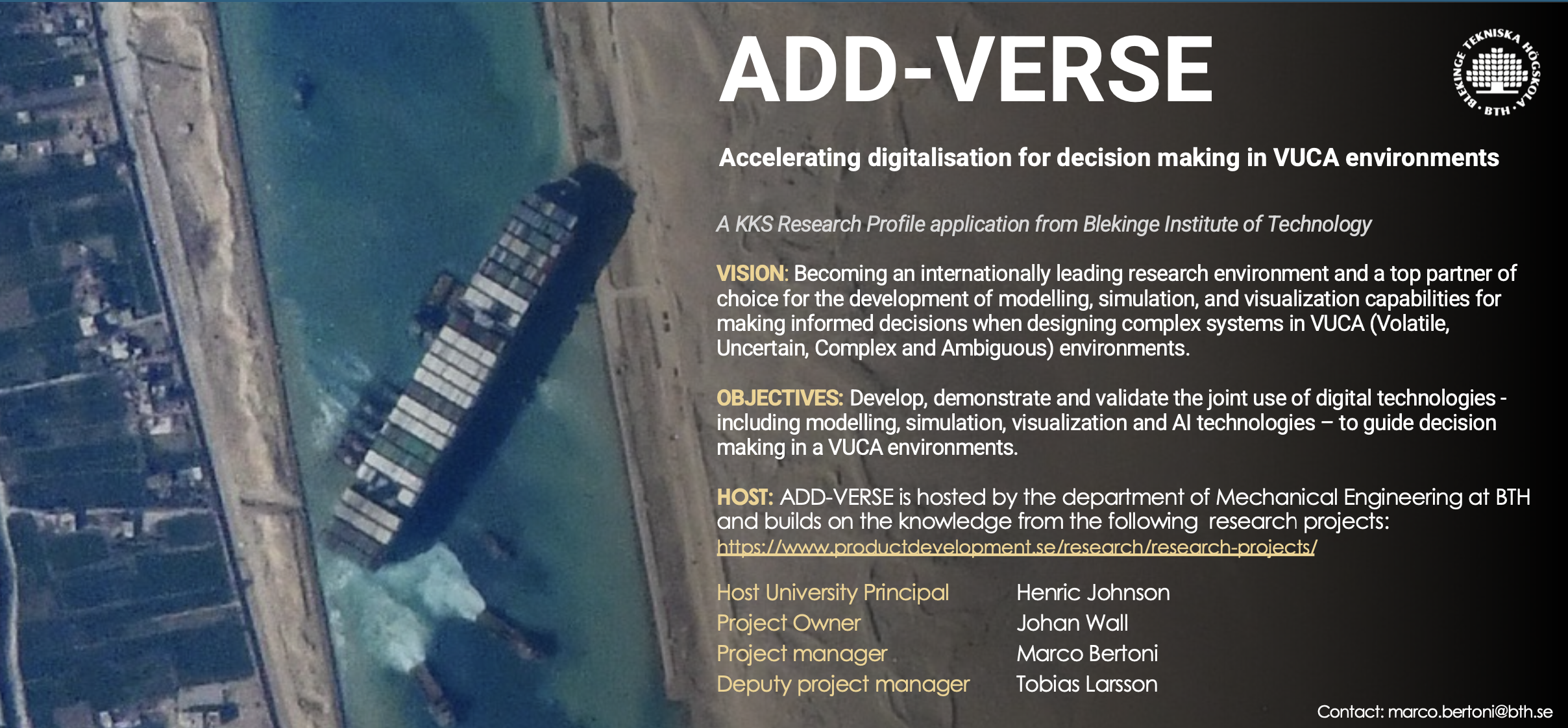
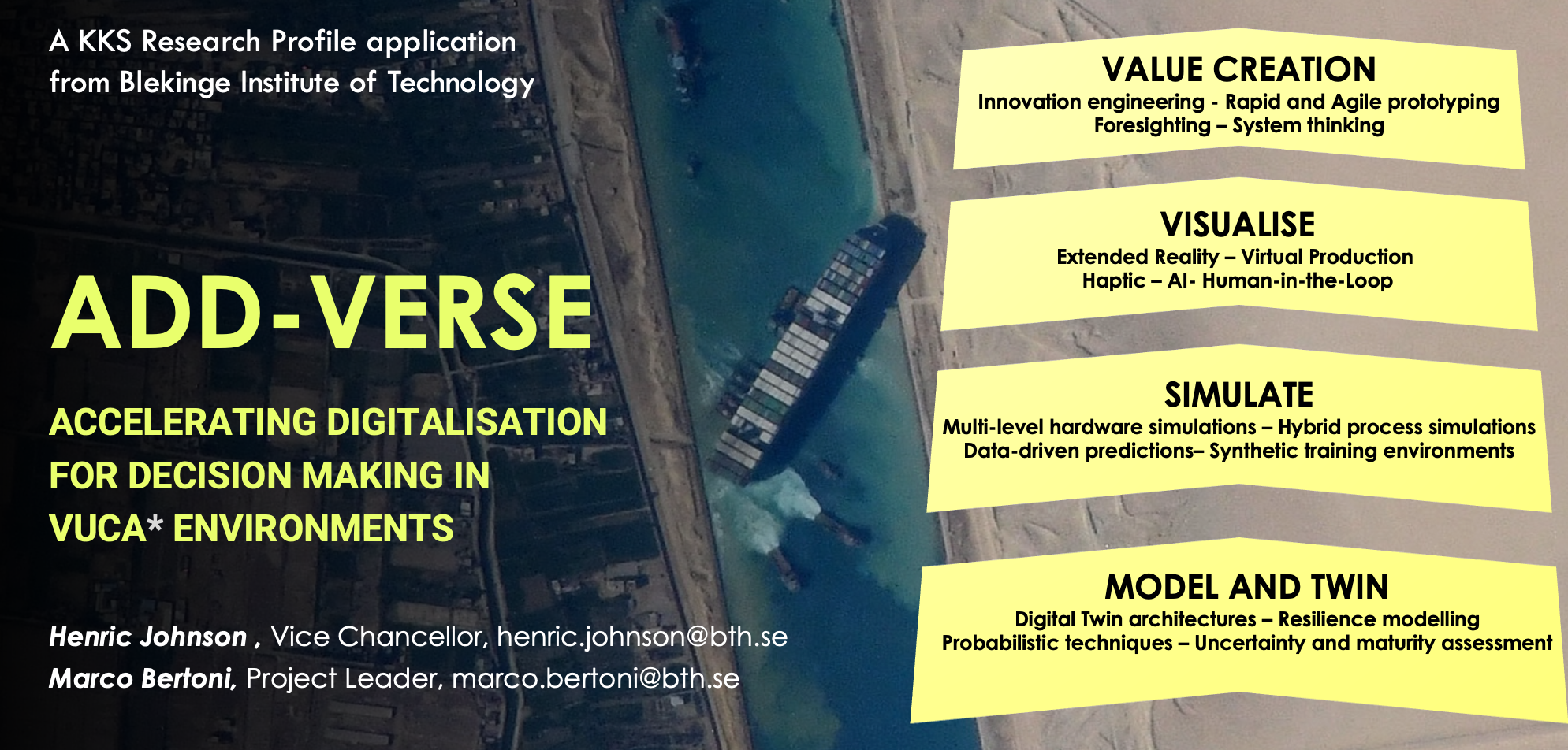
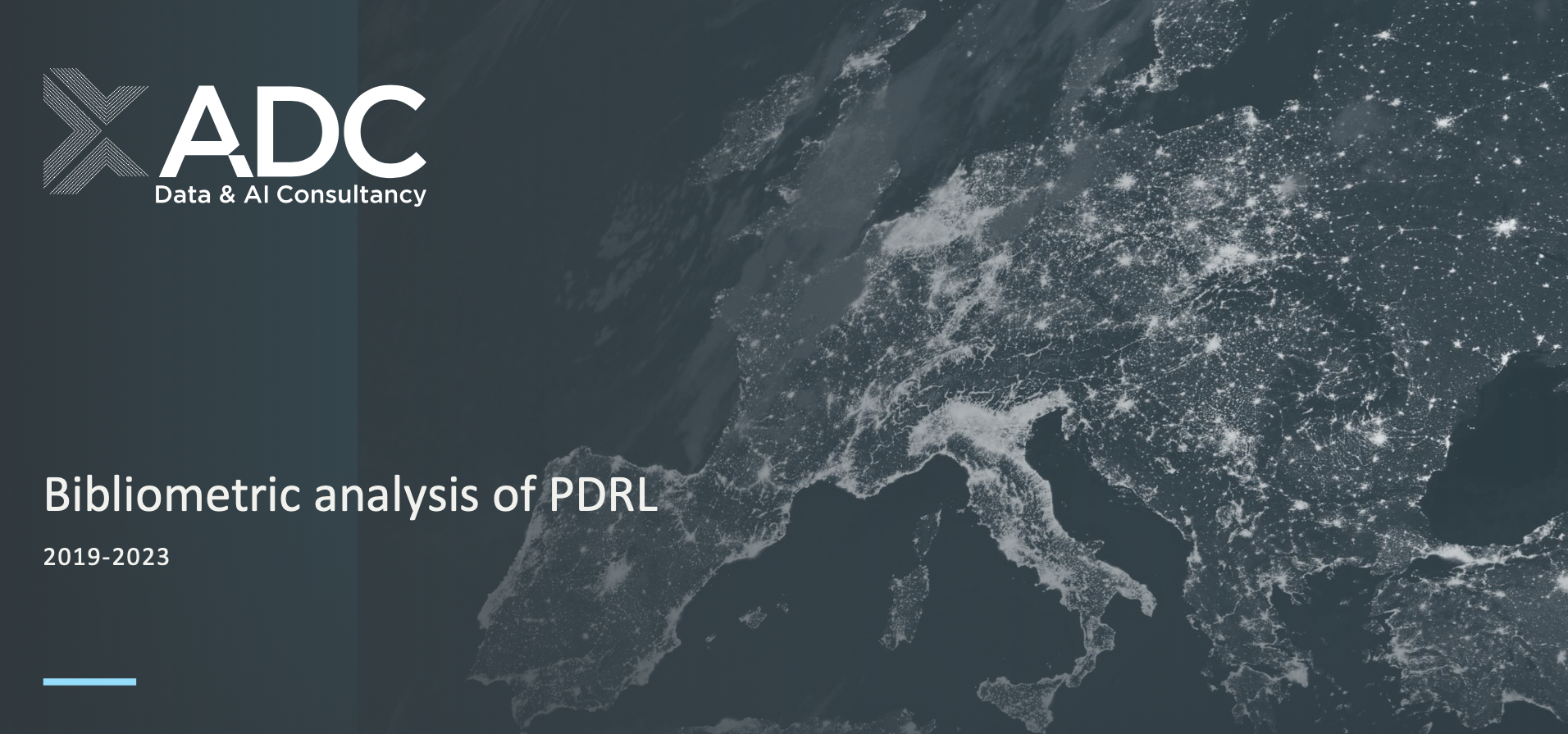

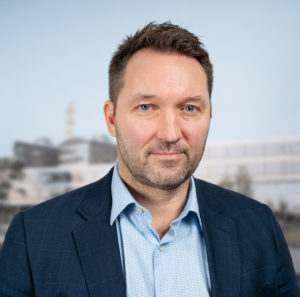
Featured work of relevance
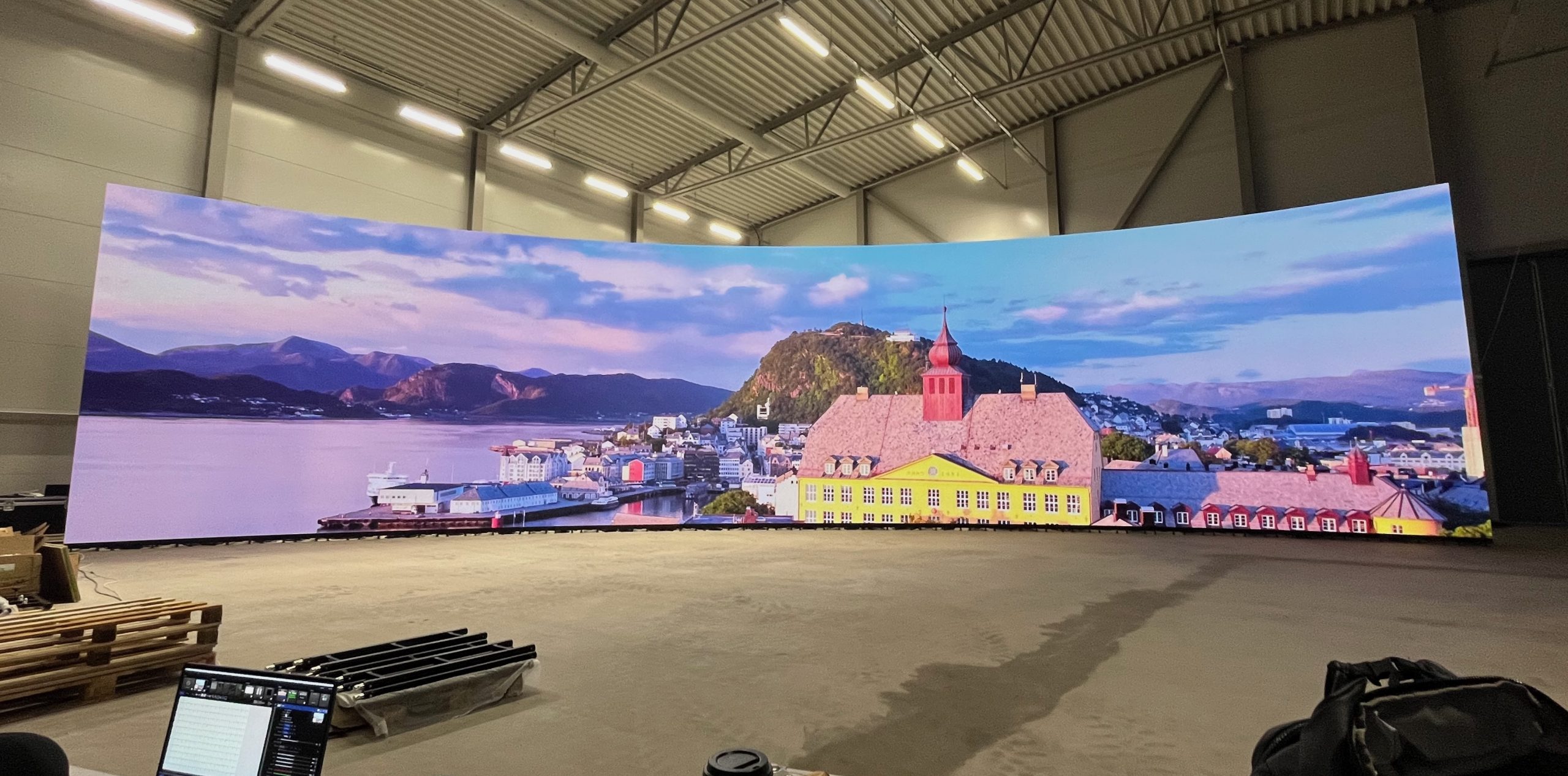
Virtual Production Studio Lab | 2022-2024
News 202412: Project closed 202410: VPSL hosted inside Karlskrona Blue Port Studios 202410: New projects with VPSL as infrastructure; 1)…
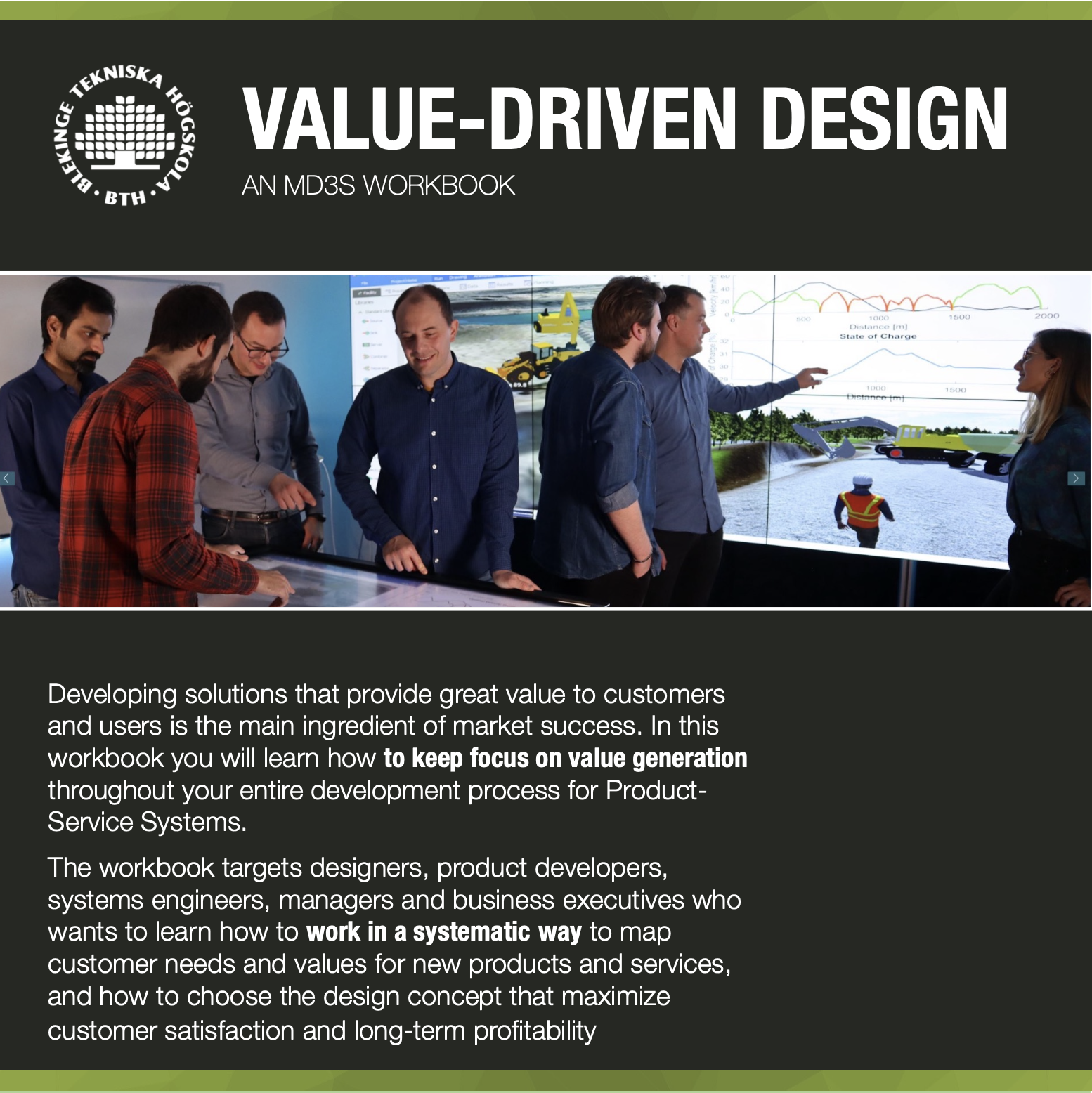
Value-Driven Design Workbook
Developing solutions that provide great value to customers and users is the main ingredient of market success. In this workbook…
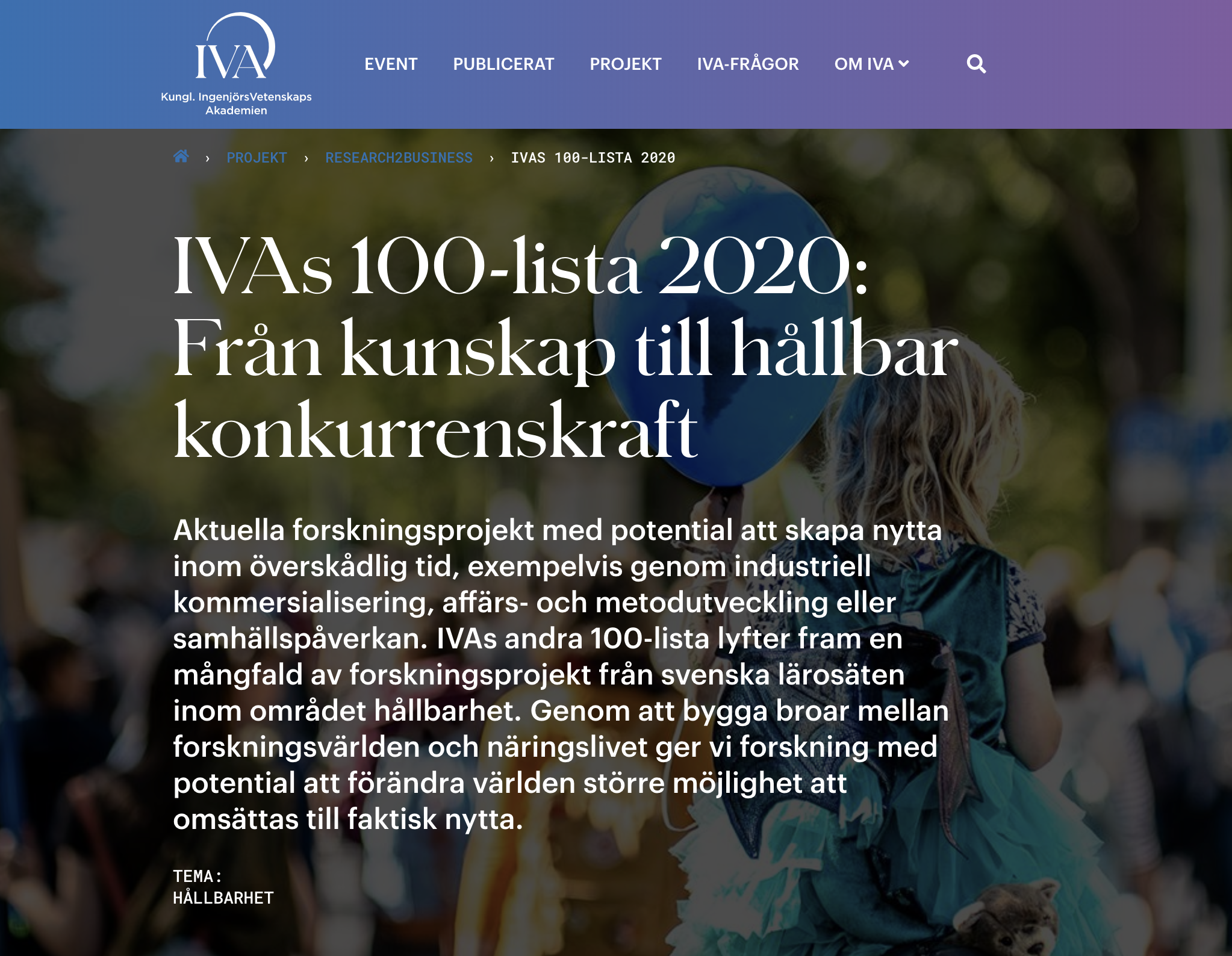
Produktutvecklingsforskningen med på IVA’s 100-lista 2020!
Professor Tobias Larsson och teamet kring forskningsprofilen Model Driven Development and Decision Support är med på Kungl Ingenjörsvetenskapsakademien, IVA's 100-lista…
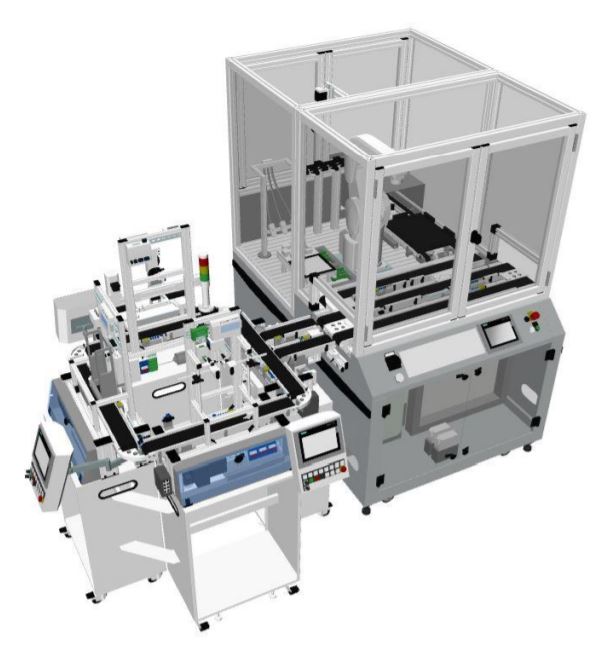
Industry 4.0 Cyber Physical Factory!
With the ongoing transformation of industrial product development and production, and especially how Internet of Things (IoT), smart factories, cyber-physical…
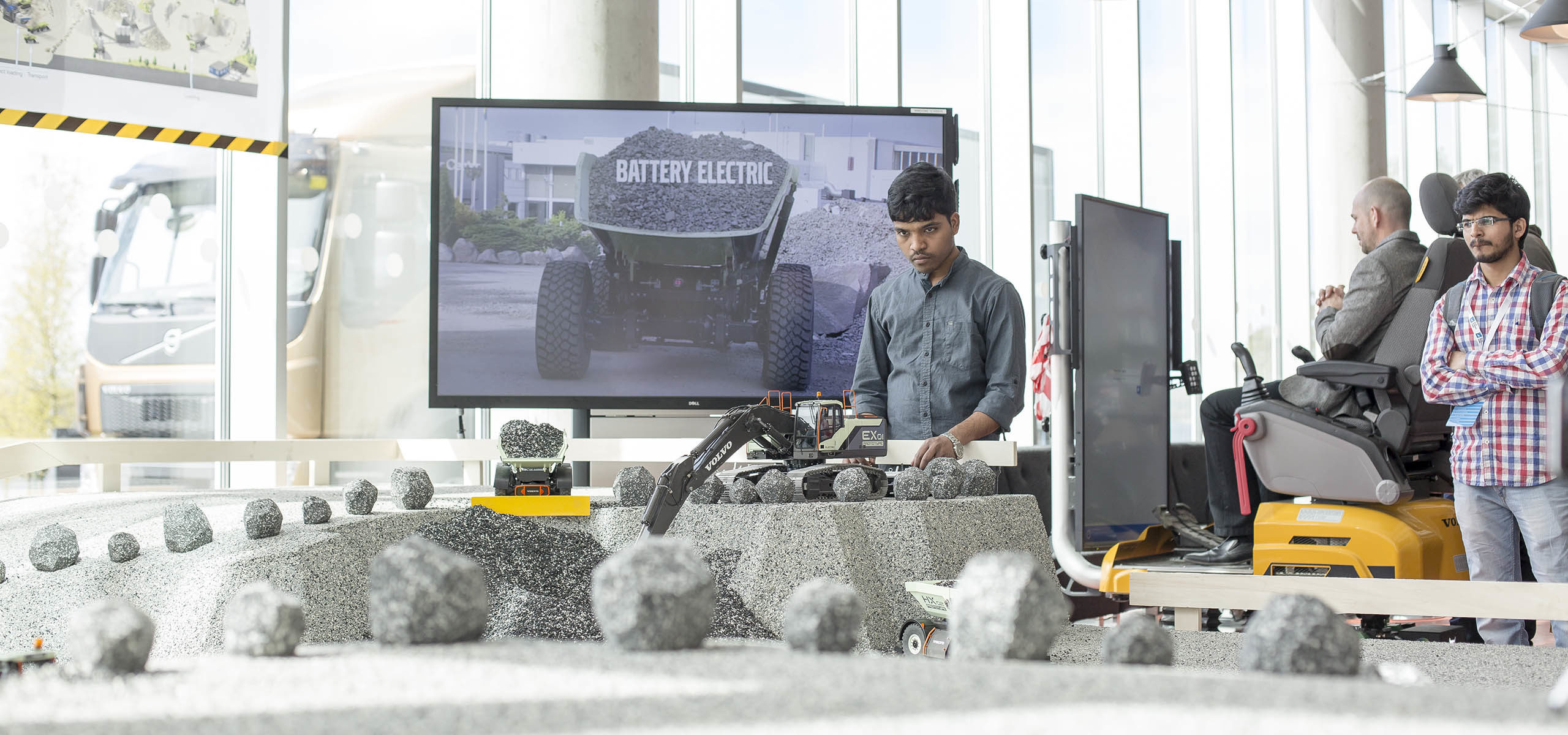
VCE Electric Site Scaled Demo
Volvo CE is making steady progress towards realizing their sustainable construction vehicle goals of zero accidents, zero emissions, zero unplanned…
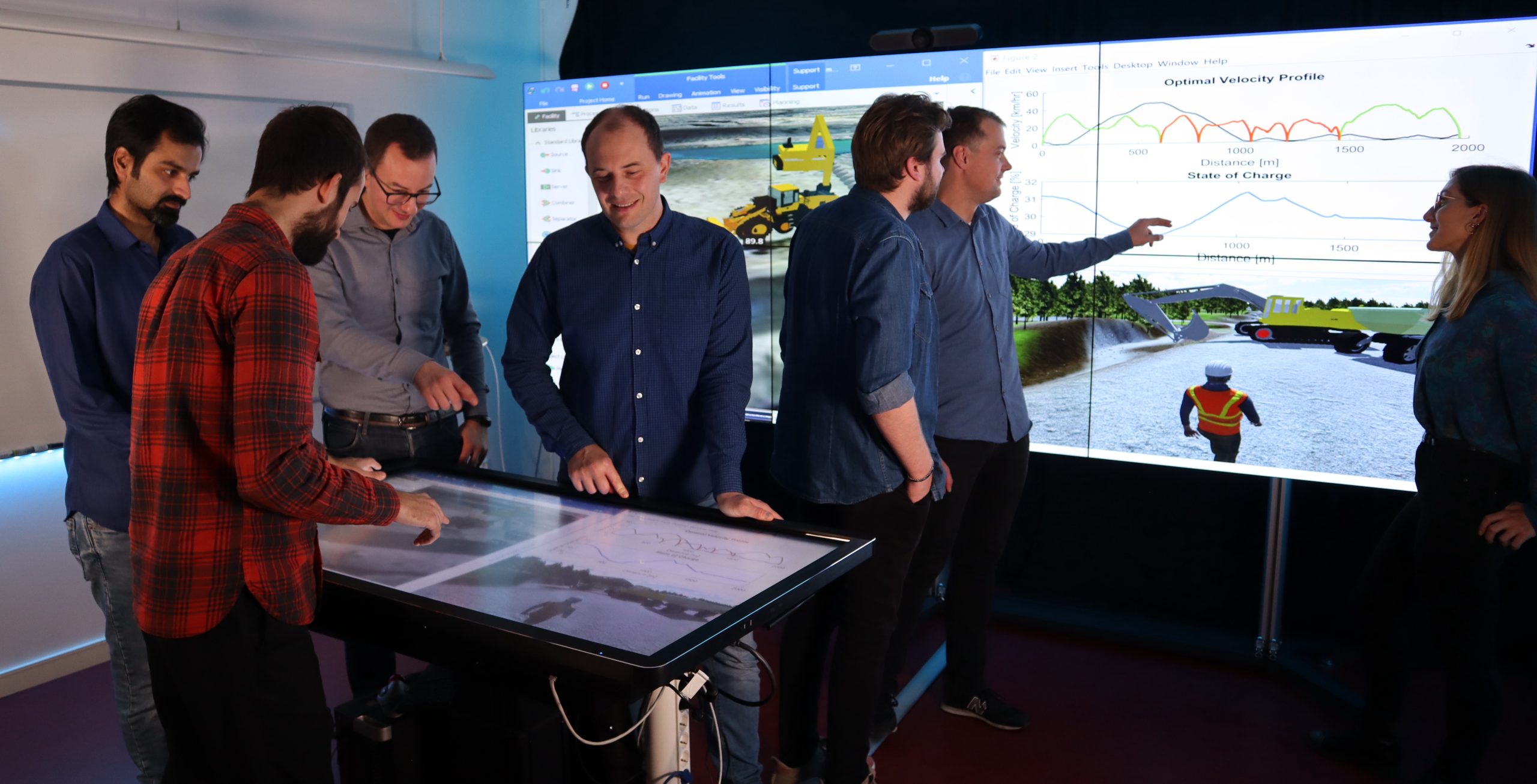
Model Driven Decision Arena – MDDA
One success factor in engineering design is the ability to make effective and risk-managed decisions in a timely manner. Rarely…
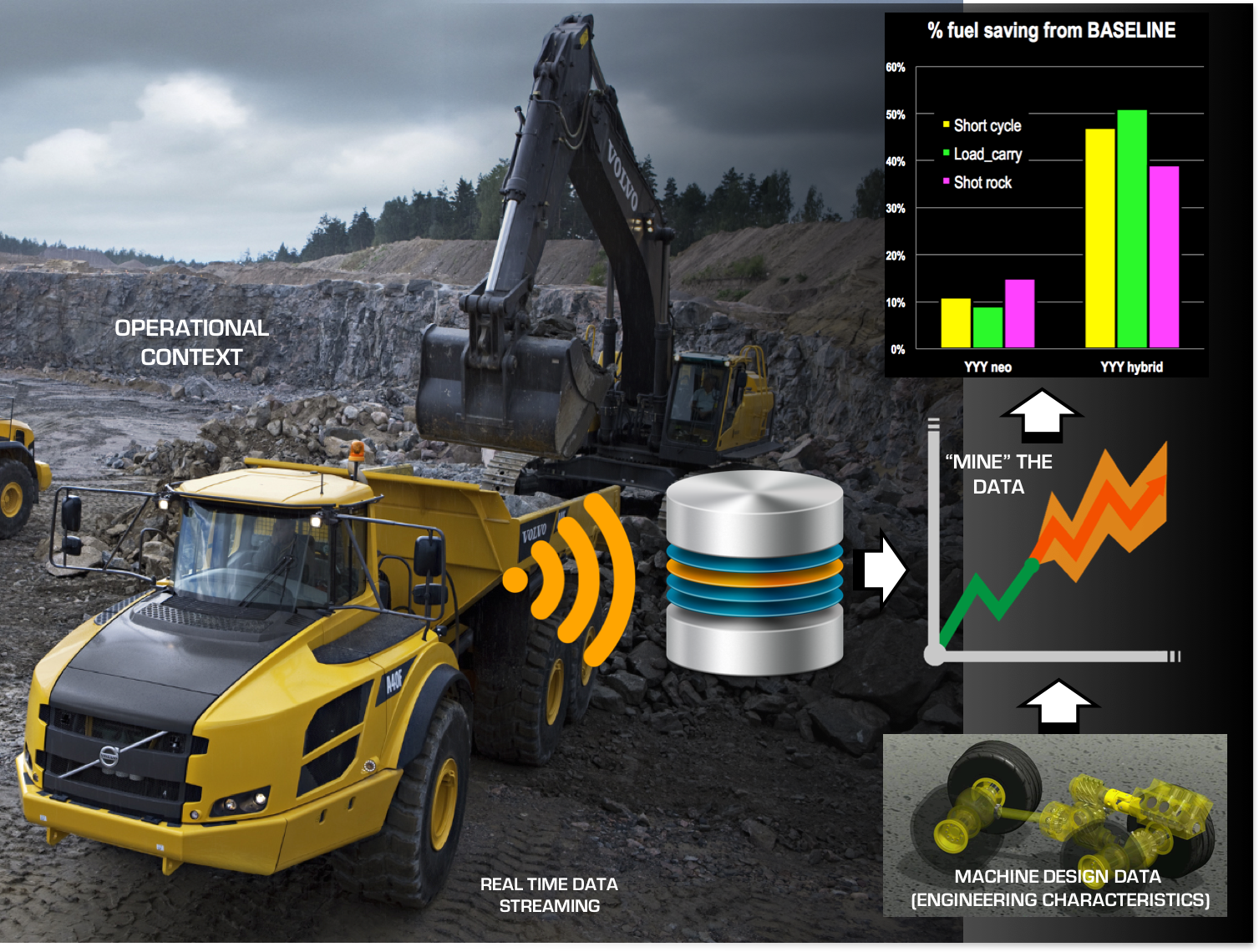
Let the machines talk! Towards data-driven product development
Leonardo da Vinci is remembered in history as a “universal genius”, he was an artist, a scientist, a mathematician and an…
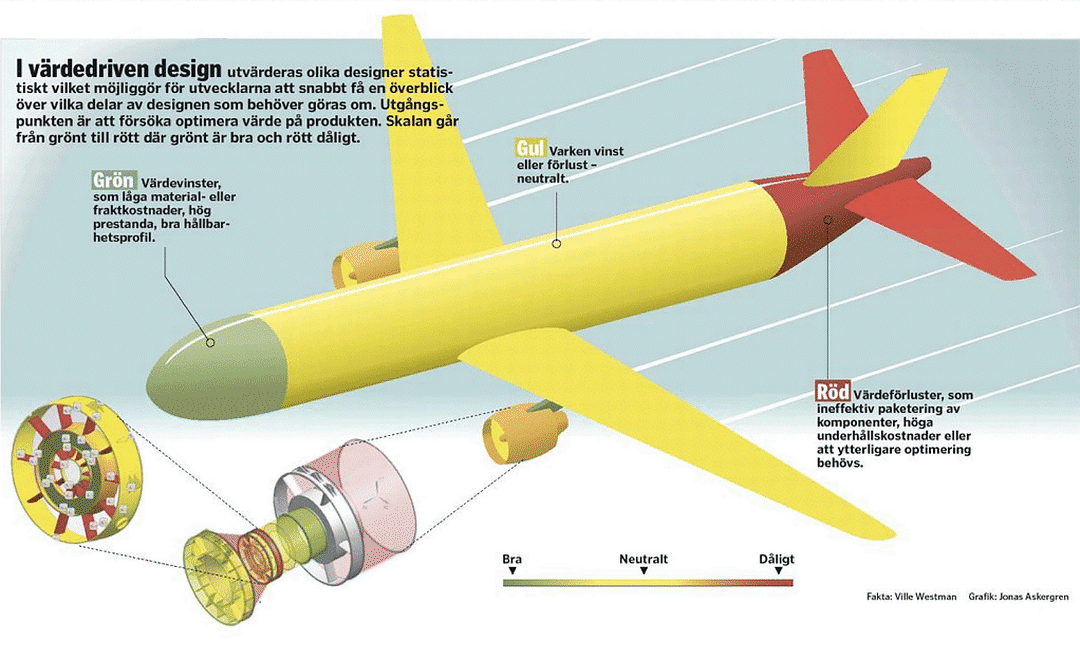
Value-Driven Design – sustainable products and service innovation with value in focus
In 1903, Charlie Taylor was given the task to design a completely new engine able to propel the first ever…
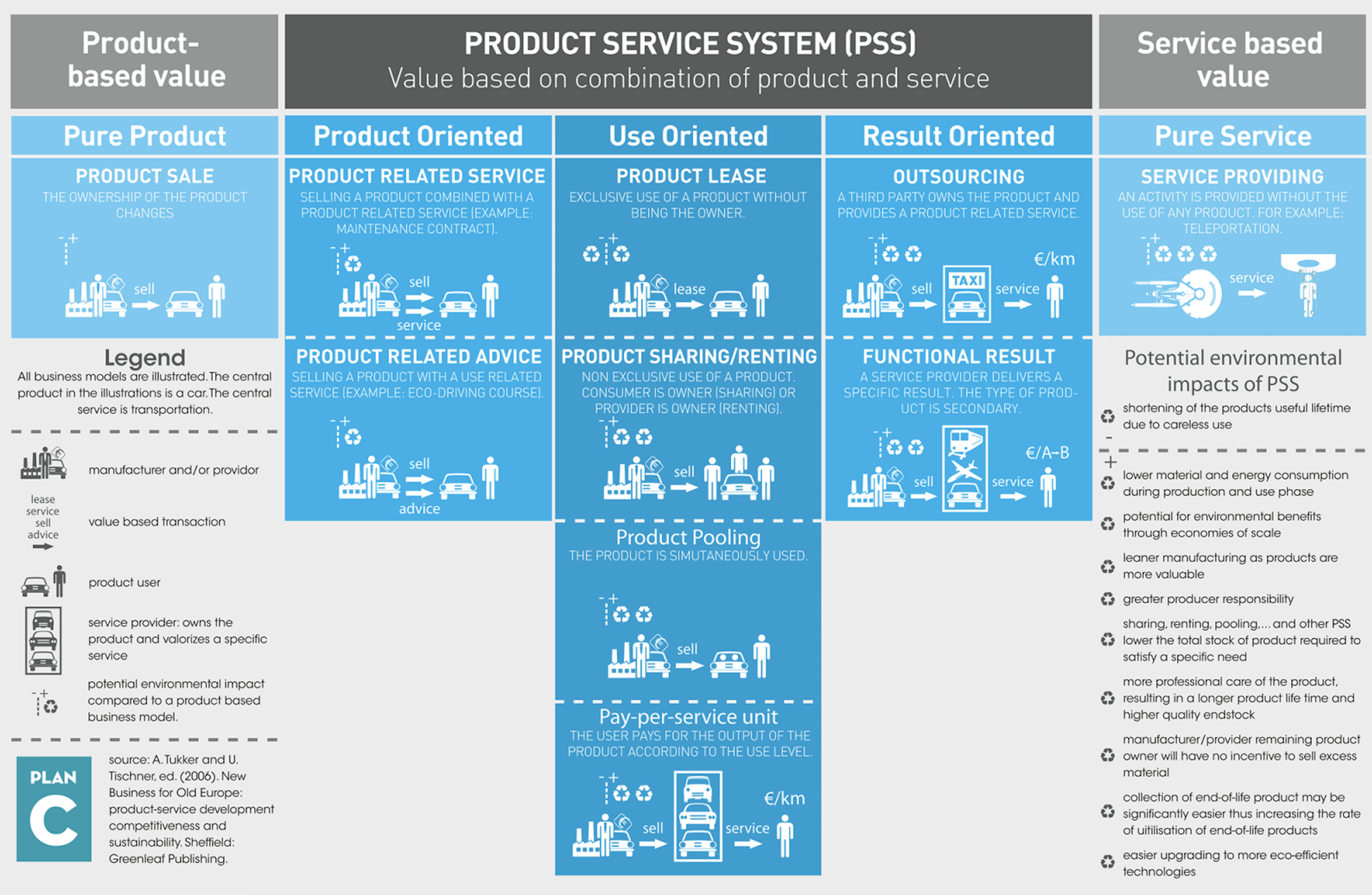
Product-Service Systems Innovation?
Intentional product-service systems design is the way towards sustainable, circular economy, solutions for a future society! Q & A with…
Ongoing research
Research publications
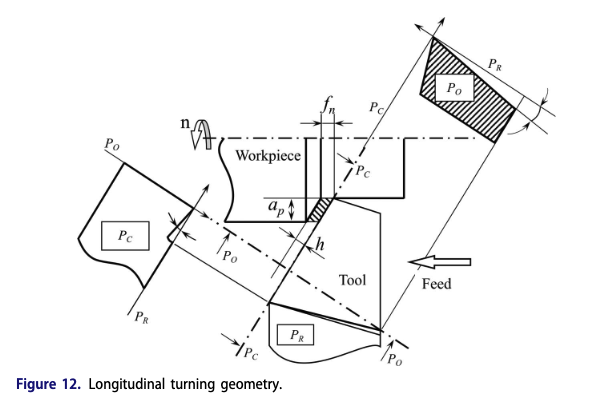
A prediction of cutting forces using extended Kienzle-Saglam force model incorporating tool flank wear progression
Abstract This study addresses the challenge of modeling flank wear impact on cutting forces in metal cutting. Accurate models are…
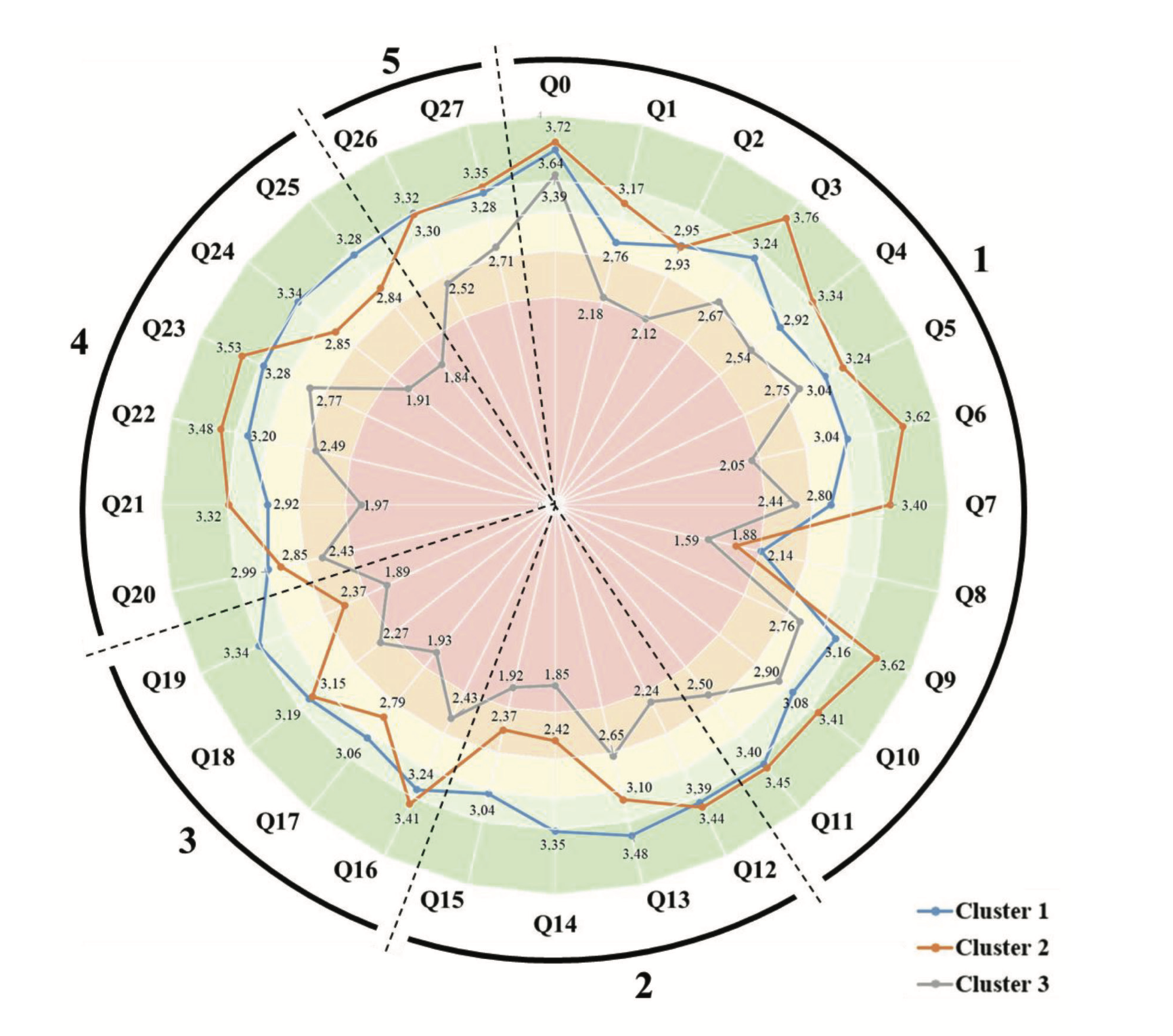
Digital servitization business typologies in the manufacturing sector
Abstract Manufacturing companies undergo a transformative journey in digital servitization, neces-sitating strategic, tactical, and operational shifts. The existing literature outlines…
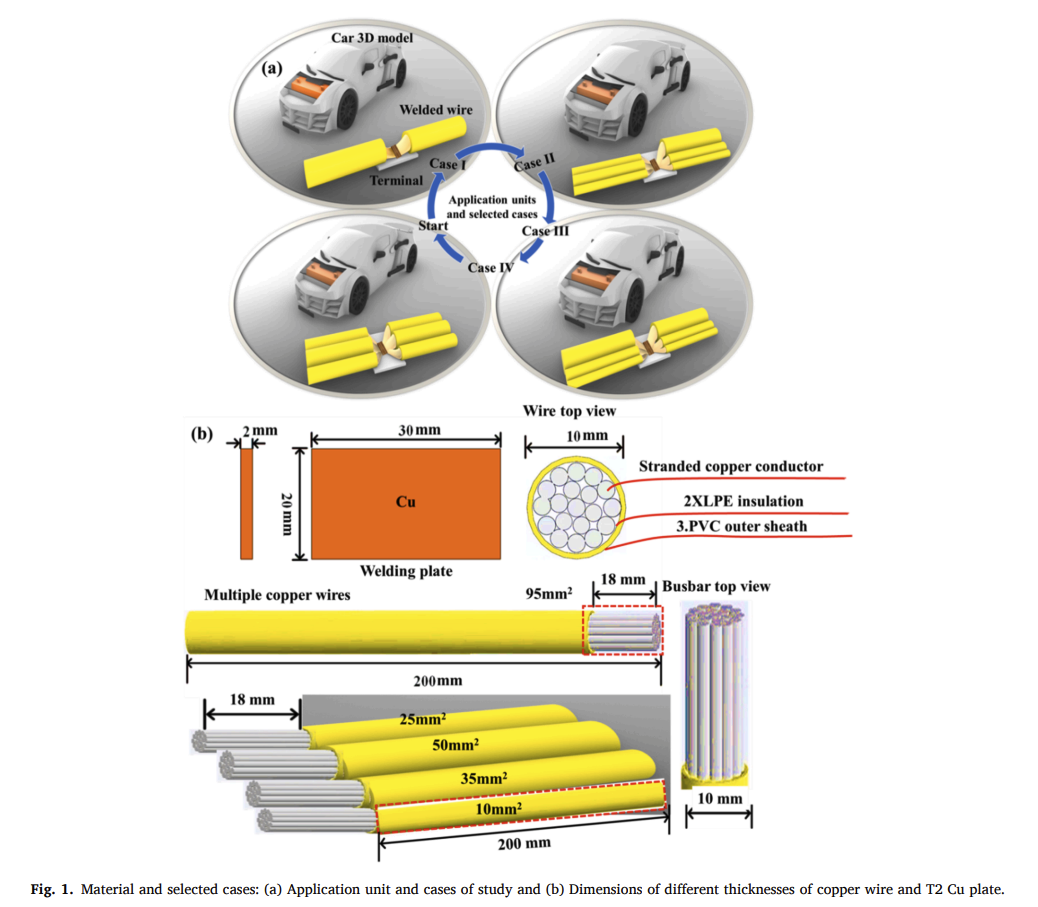
Bonding analysis of ultrasonic welded multi-wire joints with additional root gaps
Abstract This work presents four sets of welded multi-wires on Cu sheet (e.g., A-(95/95mm2), B-(35, 35, 25/35, 35, 25 mm2),…
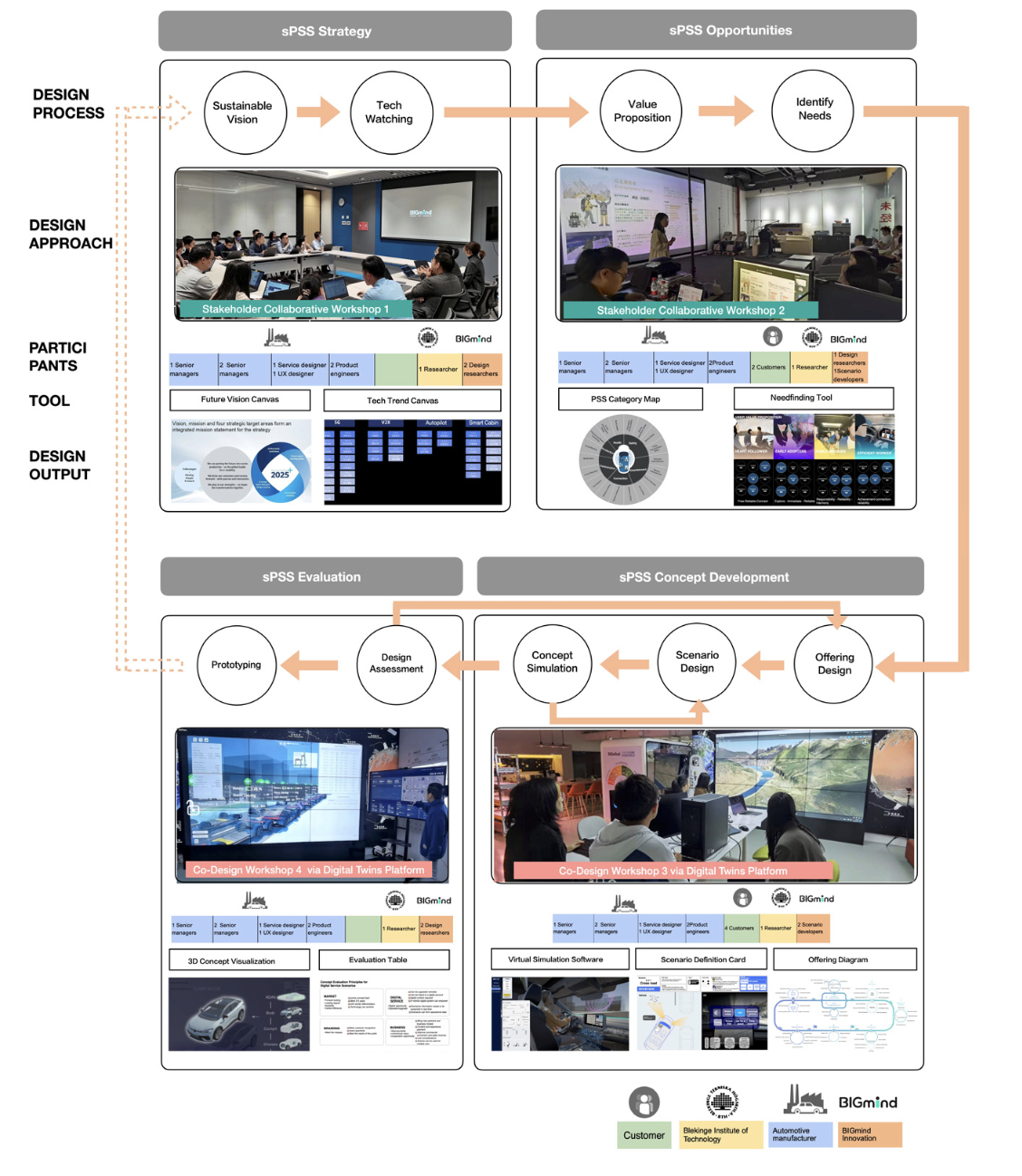
Future Innovation Framework (FIF) for Value Co-creation of Smart Product-Service System Design in a Global Automotive Manufacturing Company
Abstract The Product-Service Systems (PSS) methodology faces new challenges as digital servitisation drives product-oriented companies to integrate digital services into…
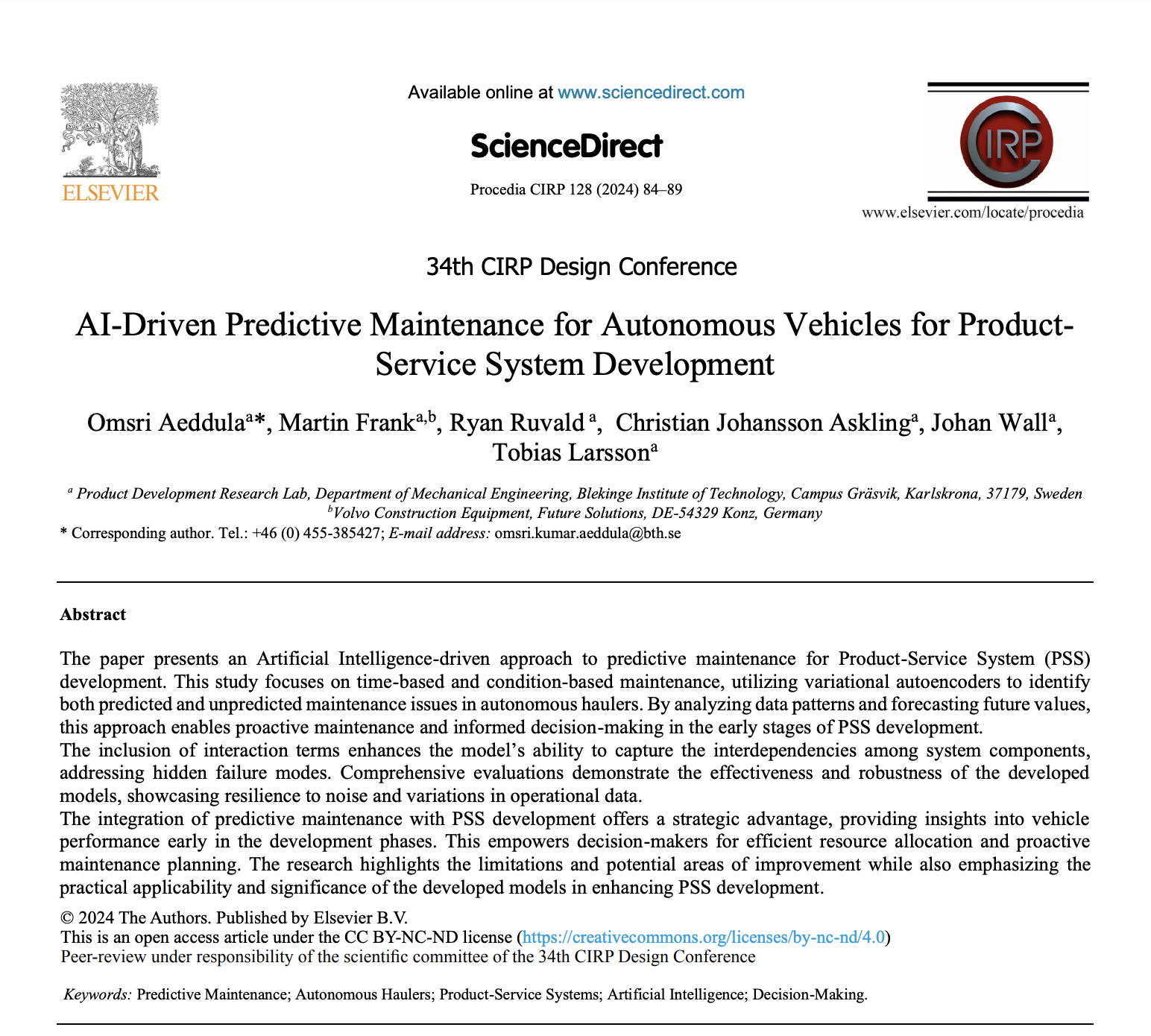
AI-Driven Predictive Maintenance for Autonomous Vehicles for Product-Service System Development
Abstract The paper presents an Artificial Intelligence-driven approach to predictive maintenance for Product-Service System (PSS) development. This study focuses on…
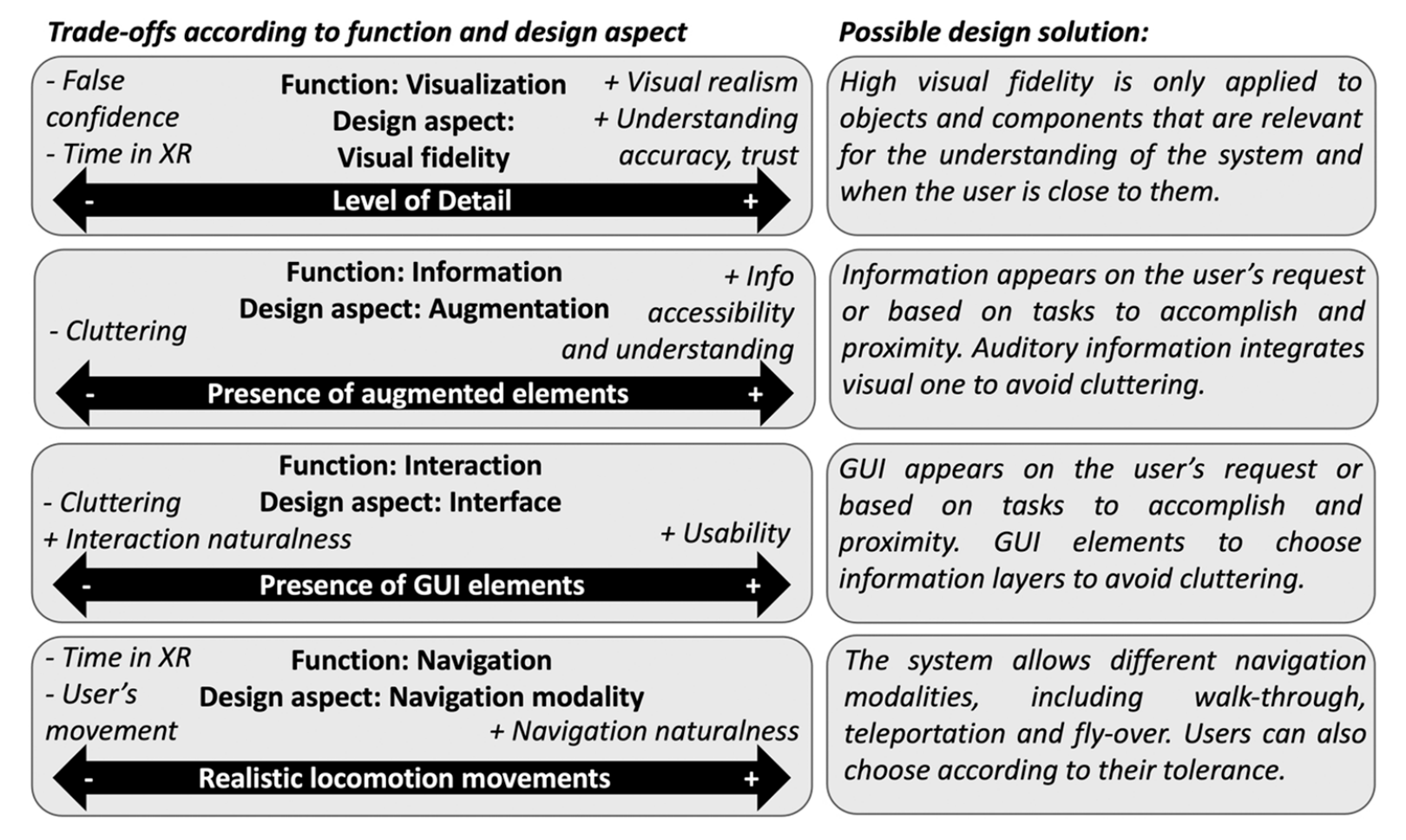
Extended realities and discrete events simulations: A systematic review to define design trade-offs and directions
Abstract Extended Reality (XR) technologies are increasingly popular to support the engagement of different audiences and stakeholders with Discrete Event…
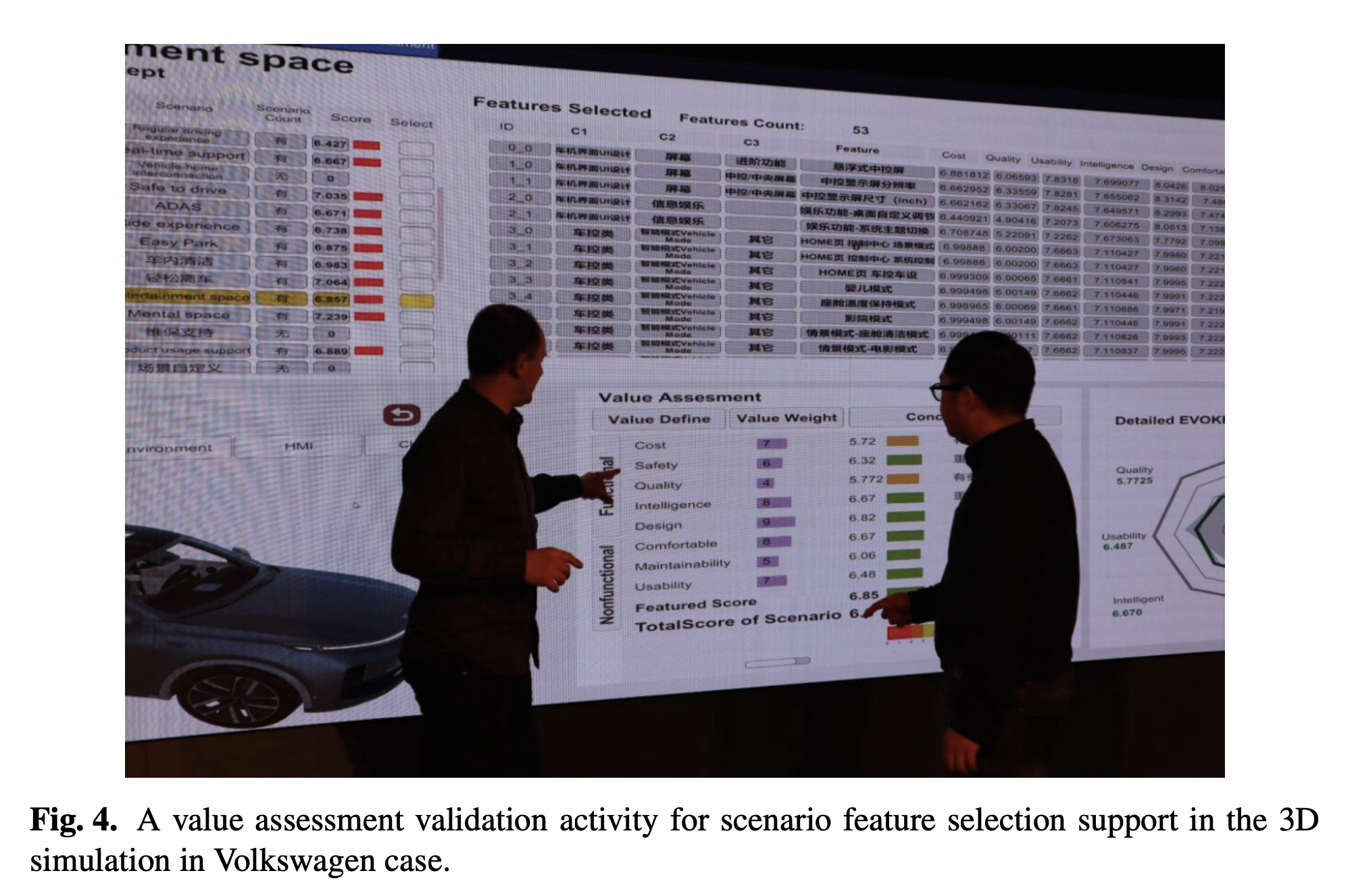
Utilizing Natural Language Processing for Enhancing Collaborative Value-Driven Design of Smart Product Service System: Smart E-Vehicle Application
Abstract Manufacturing companies are increasingly transitioning from a product-centric to a smart Product Service System (smart PSS) approach to enhance…
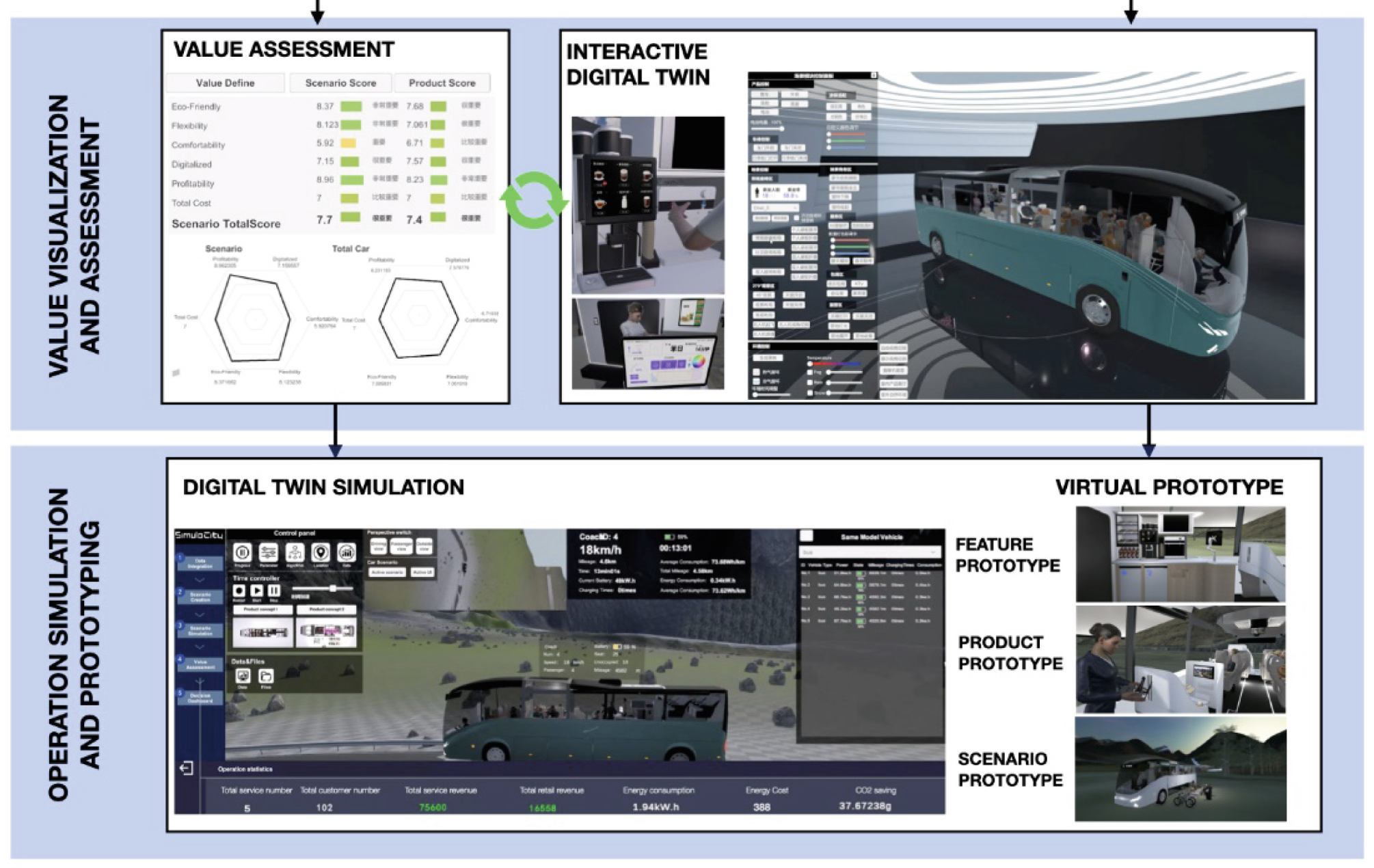
Exploration of the Digital Twin for Prototyping the Product-Service System Design in a Bus Manufacturing Company
Abstract When bus manufacturing companies move forward in their servitization journey for providing service solutions for tourism industry, there is…
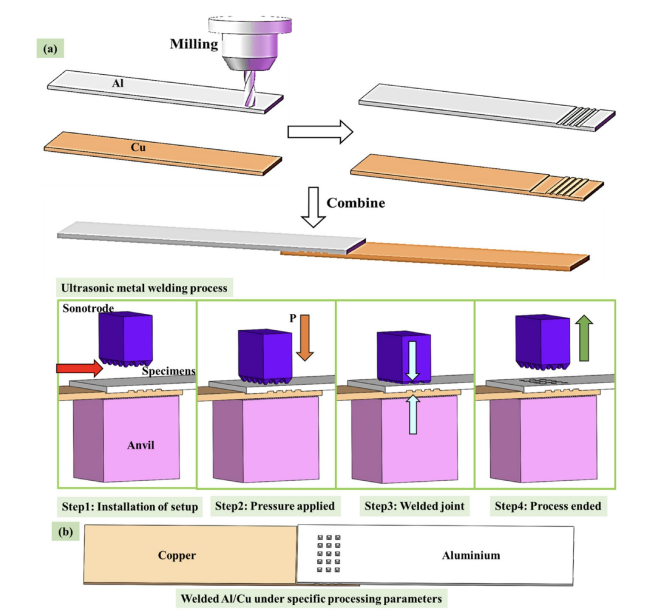
Surface-conformed approach for mechanical property analysis using ultrasonic welding of dissimilar metals
Abstract In this paper, dissimilar aluminum (Al) and copper (Cu) metals were joined together using ultrasonic metal welding (USMW), a…
Find full list of research publications from MD3S here.

